Seed Exchange Swap: Growing a Beautiful Home Garden for Free
Learn how to organize a flower seed exchange with some gardening friends! From gathering and preparing seeds to packaging and swapping, get all my tips for a successful seed swap.
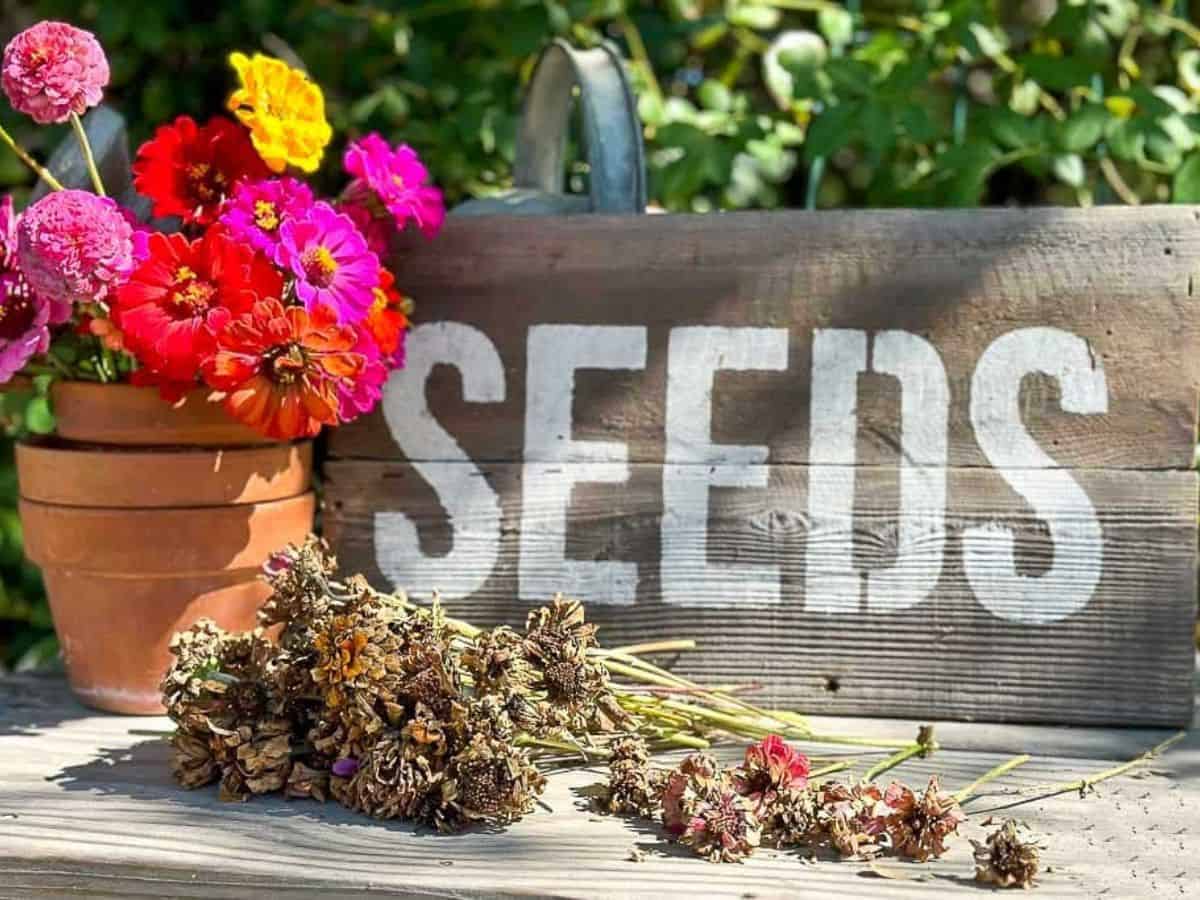
On my blog WM Design House, I may sometimes use affiliate links, which means a small commission is earned if you purchase via the link. The price will be the same whether you use the affiliate link or go directly to the vendor’s website using a non-affiliate link. Read my full disclosure policy here.
How to Host a Successful Flower Seed Exchange with Gardening Friends
Anyone who knows me knows how much I enjoy growing flowers from seed in my beloved SheShed and spending time tending to my garden. There’s just something magical about getting my hands in the dirt, and watching tiny seeds grow into beautiful blooms.
Gardening is more than a hobby for me—it’s a passion and my happy place! I love sharing this joy with others, which is why I’m so excited about the idea of hosting a seed exchange.
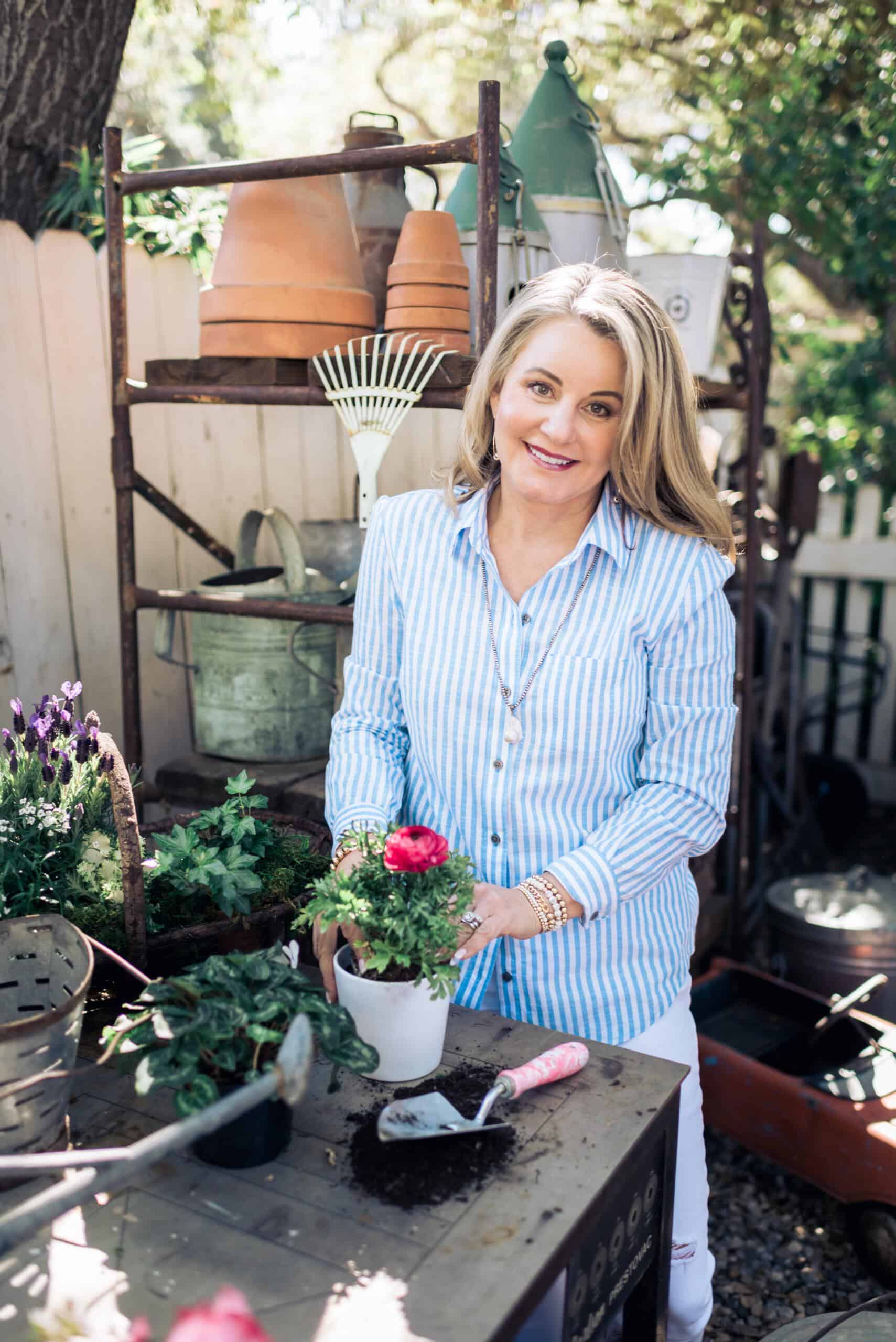
Hosting a flower seed exchange is a fun way to connect with fellow gardeners, expand your plant varieties, and promote sustainable gardening practices.
Whether you’re swapping heirloom seeds, seeds from native plants, or store-bought seeds, a seed exchange brings an abundance of life to your garden and helps you cultivate beautiful new blooms.
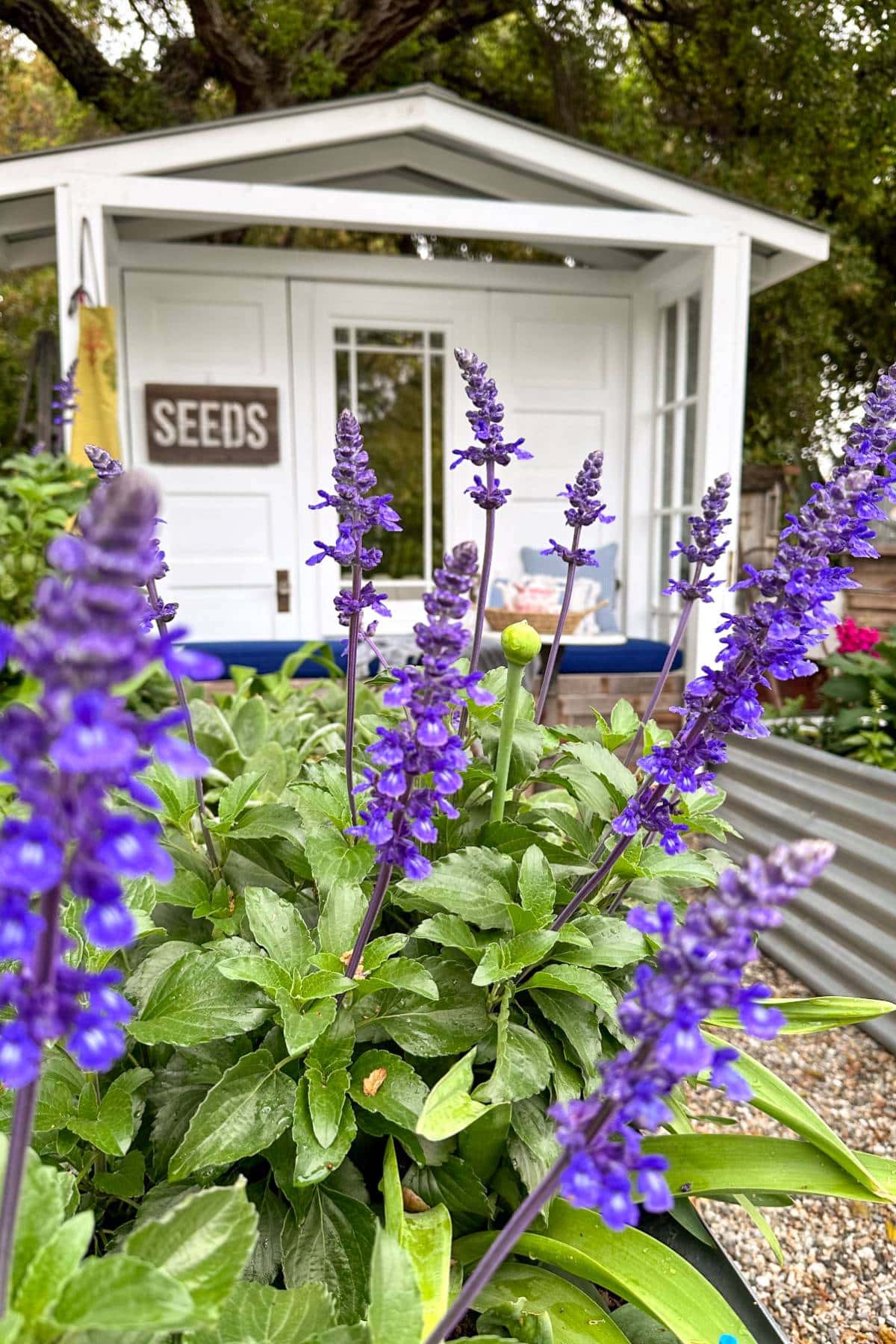
I’m thrilled to join a few of my gardening friends from across the country to share tips and ideas for organizing a flower seed exchange. We are sharing everything you need to know to host a successful flower seed exchange with your own gardening friends.
From gathering and preparing your seeds to packaging them and coordinating the swap. Plus, I’m covering important precautions to ensure the seeds are safe and non-invasive.
So, let’s dive in and learn how you can start a seed exchange to grow your flower seed collection.
Why Host a Seed Exchange?
Exchanging seeds is more than just obtaining new seeds for your garden—it’s a celebration of community, diversity, and sustainability in gardening.

Here are a few reasons to consider hosting a flower seed swap with your friends:
How to Gather and Prepare Seeds for the Exchange
Before you begin to collect your flower seeds there are a few basic gardening tools you’ll need.
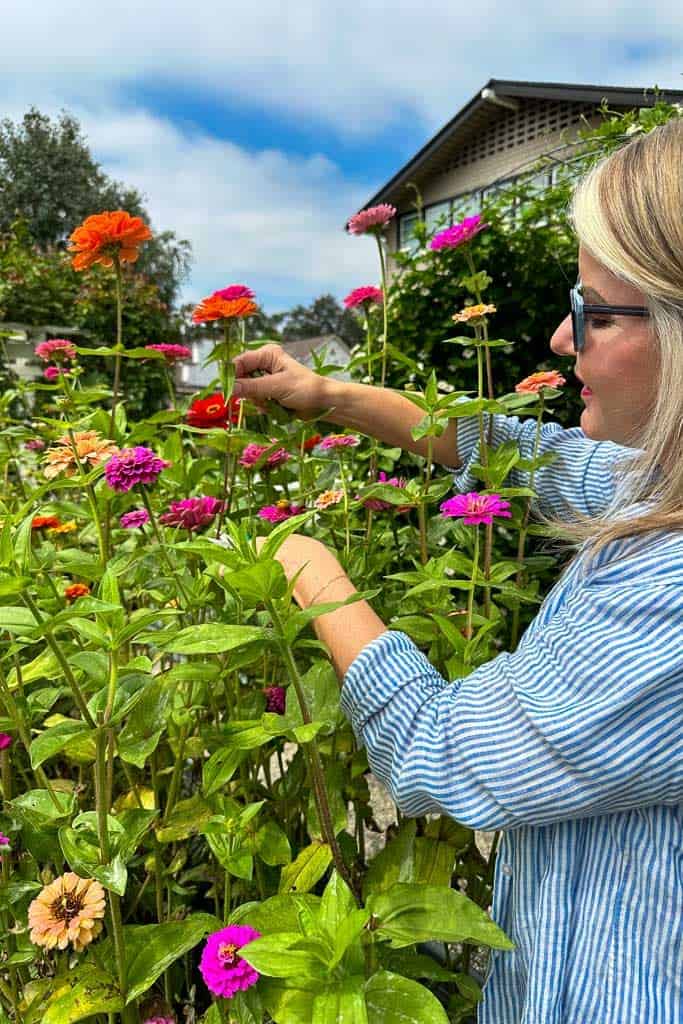
These are a few of my favorite tried and true gardening tools and seed collecting supplies.
Tools Needed
You can also find all of my favorite gardening supplies on my Amazon shop.
How to Choose and Collect Your Favorite Seeds for the Exchange
When preparing for a seed exchange, focus on gathering seeds from plants that have thrived in your garden and are among your favorites.
Sharing these personal favorites adds a special touch to the swap and provides your friends with seeds that come with a story or recommendation.
Here’s how to choose the best seeds for your exchange.
Create a Seed Exchange Wishlist
Before you harvest your flower seeds it’s helpful to know which varieties of flowers your friends genuinely want or need.
To make the exchange more personalized and fun, encourage everyone participating to create a wishlist of seeds they’re hoping to find, including specific varieties or types of plants they’re interested in.
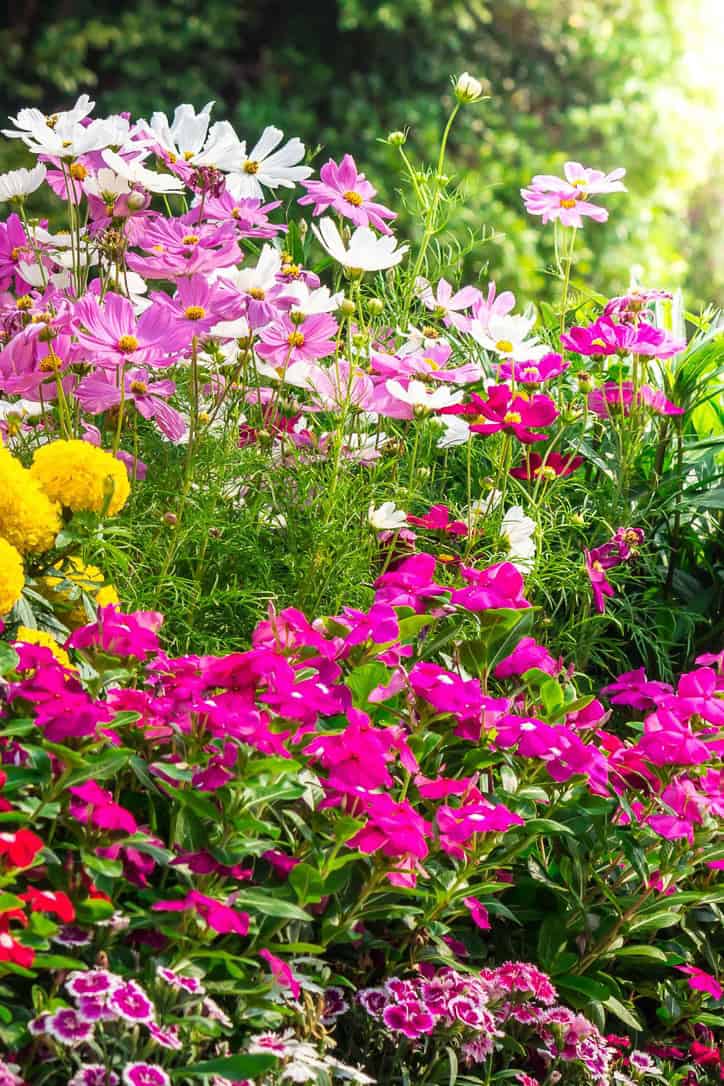
Encourage your friends to include a mix of common favorites like cosmos in addition to unique plants on their lists to keep the exchange exciting and full of surprises!
Once everyone has their wishlist ready, share them with all the participants ahead of your exchange, giving everyone a chance to prepare and gather seeds that match someone else’s wishes.
Collect Seeds from Unique or Rare Plants
Look for seeds from plants that are unique to your garden or hard to find in local stores. These might include heirloom seeds that have been passed down through generations or flowers that aren’t typically grown by your gardening friends, such as rare native plants or unique cultivars.
Highlight Seeds with Special Attributes for Your Seed Exchange
Seeds with unique qualities are often highly appreciated.
Think about sharing seeds from plants that are super easy to care for, like drought-tolerant varieties—these are great for beginners or anyone gardening in a tough climate.
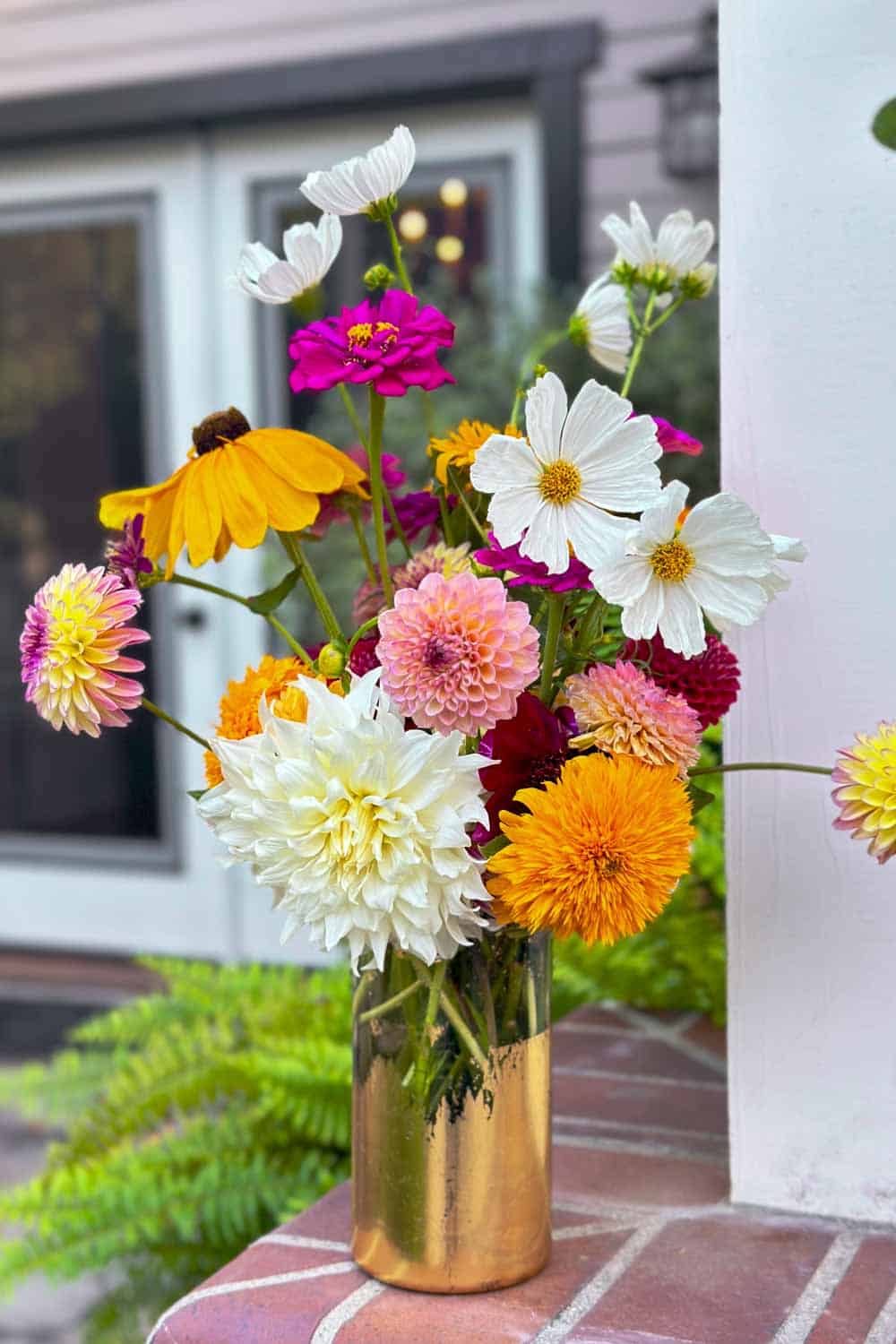
And don’t forget those flowers that smell amazing and are perfect for making stunning flower arrangements or even flowers that can be used in the kitchen! Adding seeds for fragrant blooms or edible flowers and herbs makes the exchange extra special and fun, bringing a little something extra to everyone’s garden.
By thoughtfully selecting seeds that you love and that will bring something new and exciting to your friends’ gardens—and by using a seed wishlist to guide your choices—you ensure the exchange is both meaningful and tailored to everyone’s interests!
Collecting Seeds from Your Garden
To host a successful seed exchange, start by gathering seeds from your own garden. Some of my favorite flower seeds to harvest in my own garden are zinnia seeds and sweet pea seeds!
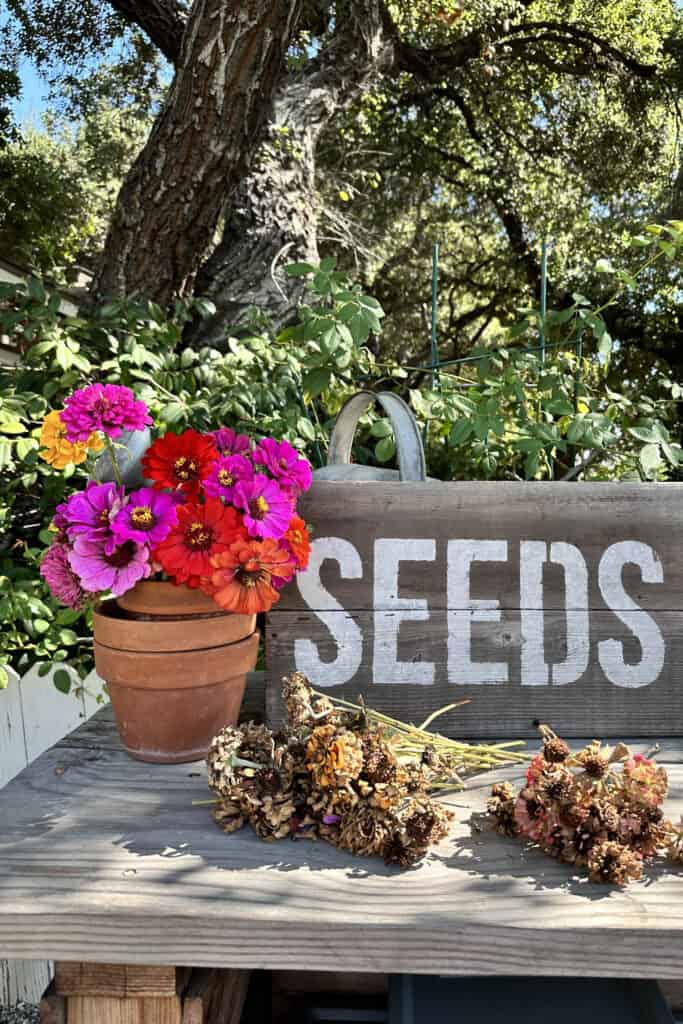
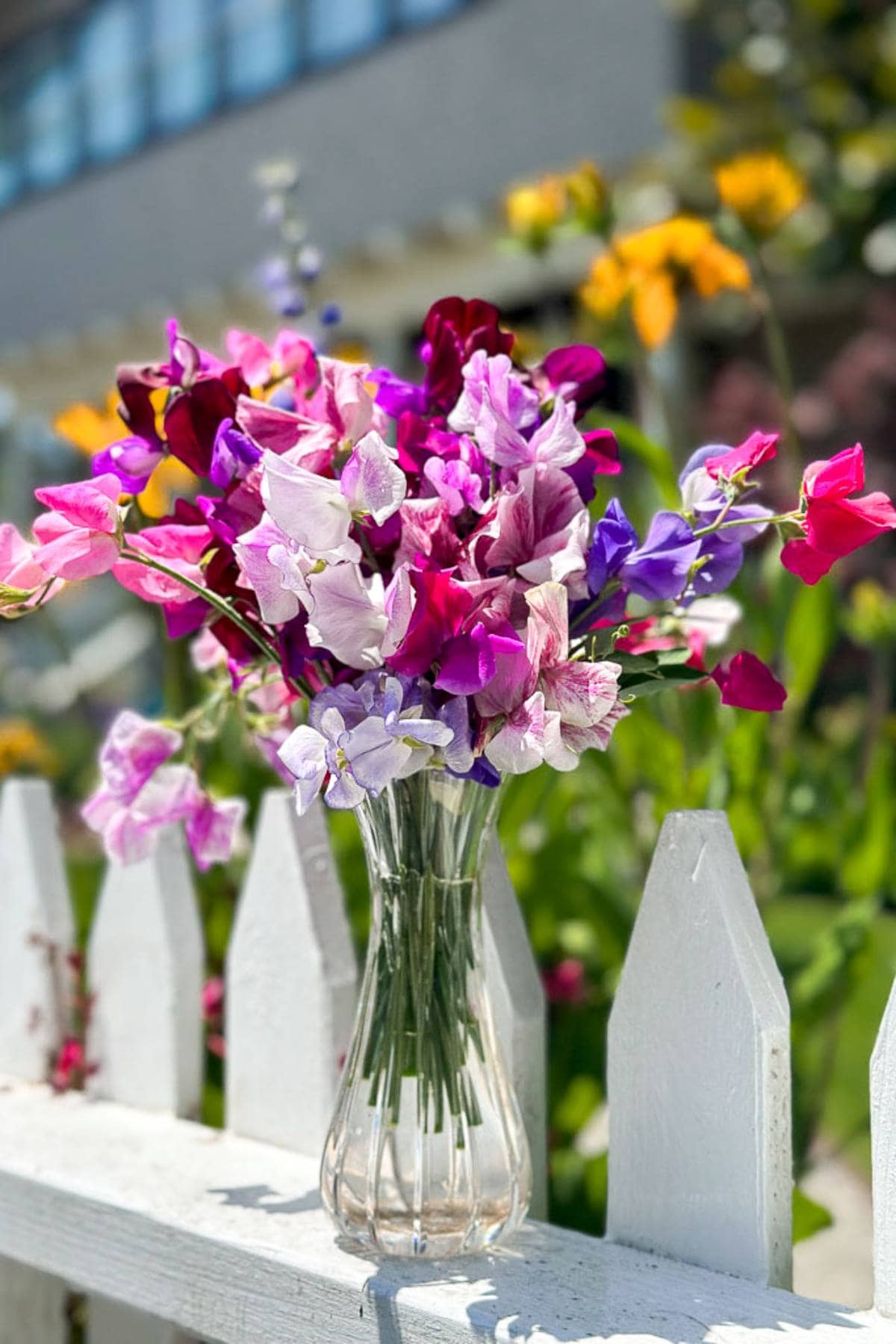
Recently, I shared more details about how you can harvest, sow, and grow sweet peas, so your garden is filled with fragrant flowers that add beauty and a wonderful scent throughout the growing season.
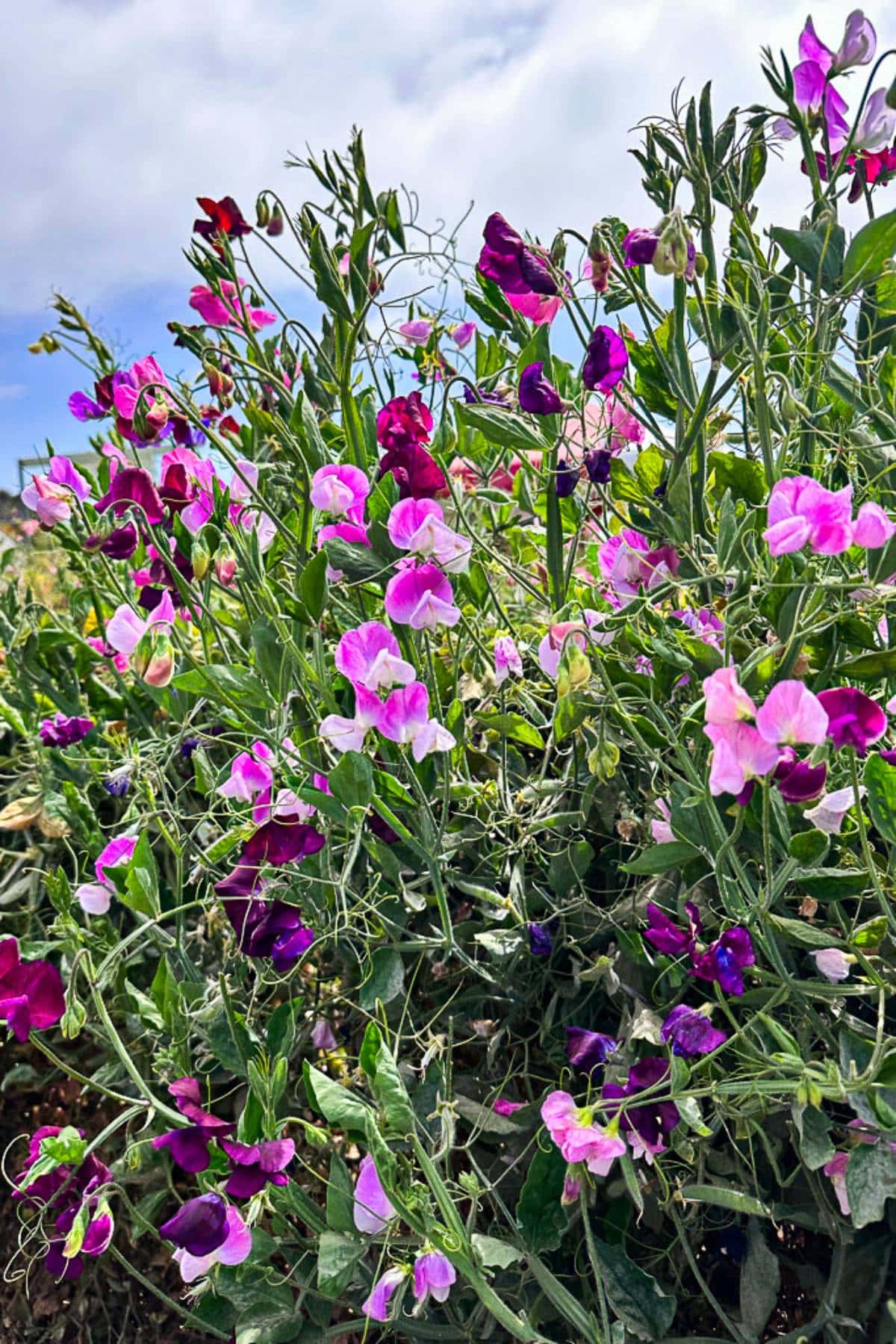
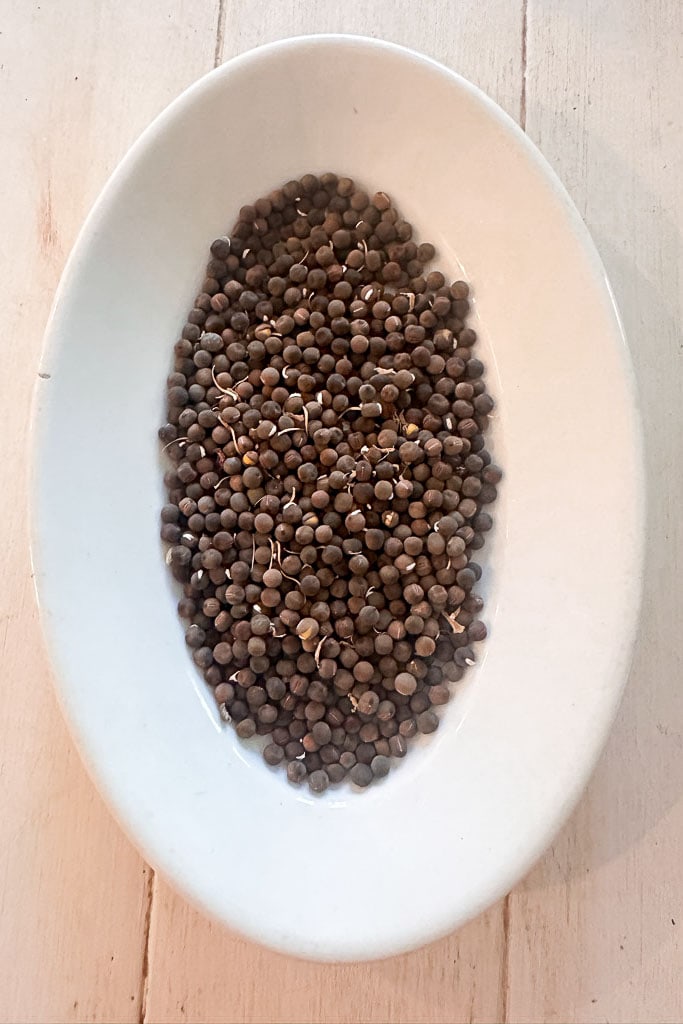
Here’s a quick and easy step-by-step guide for harvesting flowers seeds from your own garden.
How to Source Seeds from Other Places
If you find that you don’t have quite enough viable seed varieties from your own garden, don’t worry! You can always pick up some commercial seed packets or store-bought seeds to add to the mix.
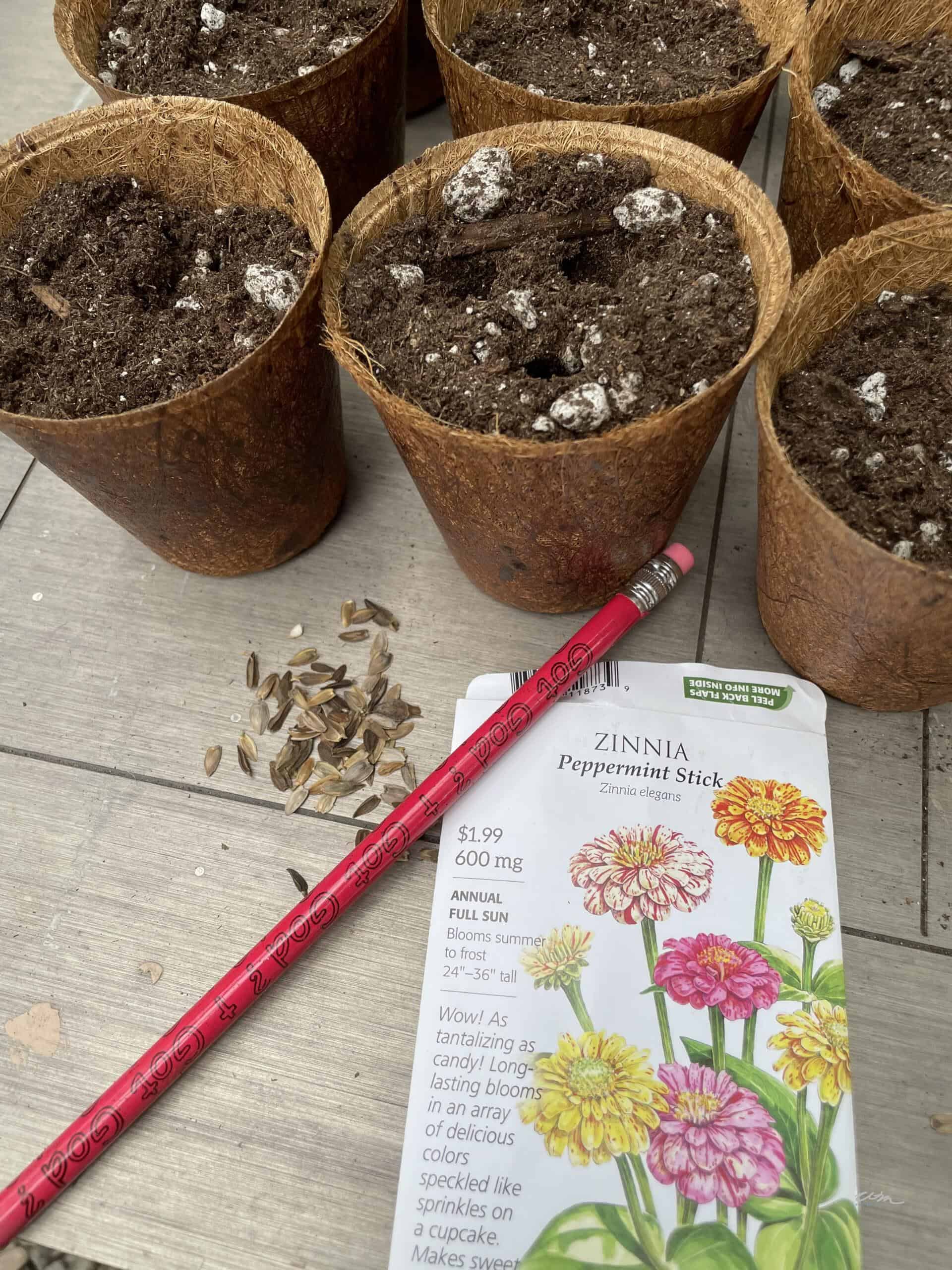
Another great option is to reach out to local partners or generous donors who might have extra seeds they’re willing to share.
And don’t forget about checking with a seed library or a seed savers exchange in your area—they can be fantastic resources for getting additional seeds and expanding the variety for your exchange.
Packaging Your Seeds for the Swap
Creative Ways to Package Seeds for your Exchange
Packaging your seeds in a fun and creative way can really add an extra layer of excitement to your seed exchange! Try using small envelopes or packets to hold your seeds—you can even make custom designs to make them feel extra special like my friend Amy created @amysadlerdesigns and Cindy @reinventeddelaware.
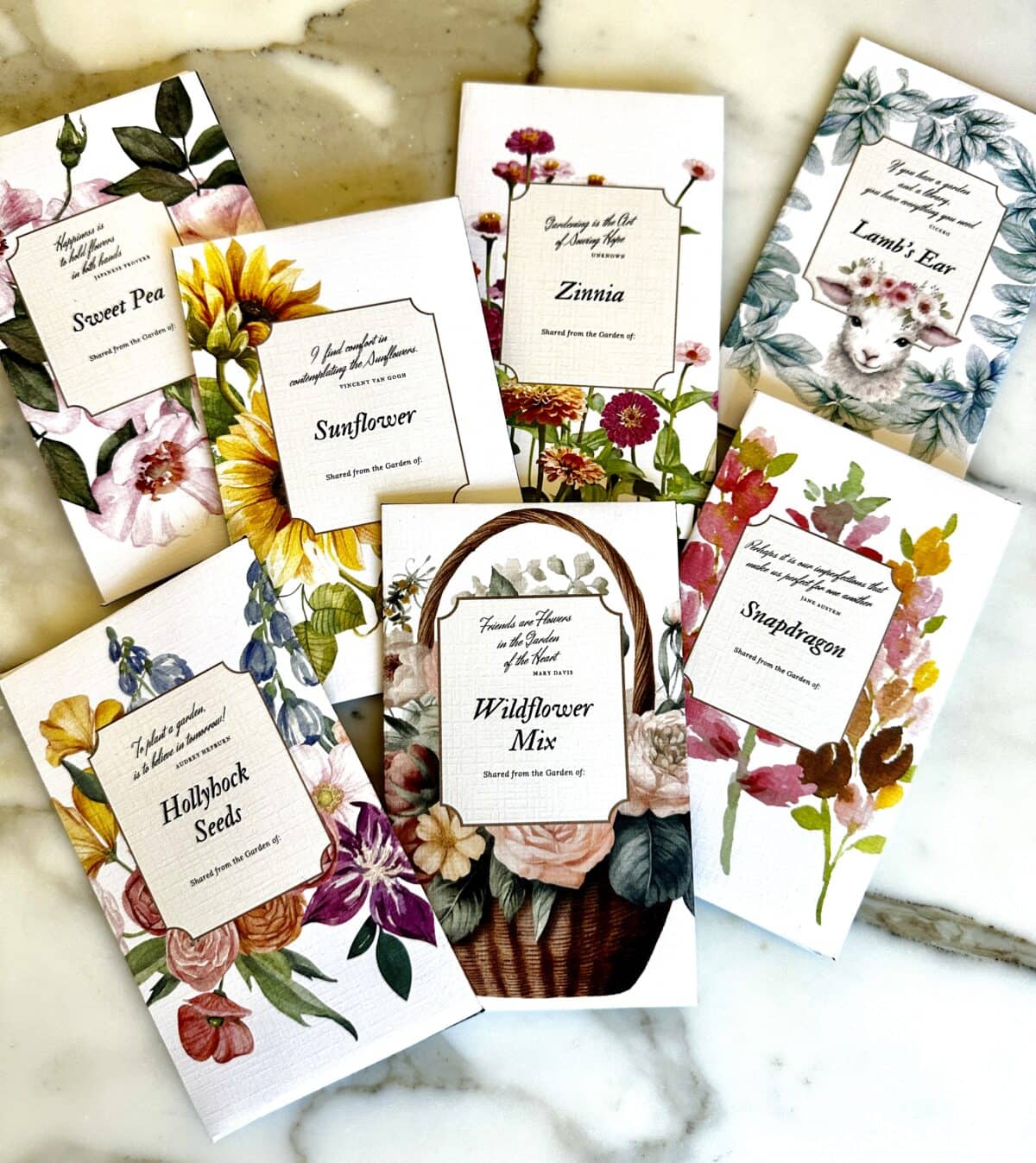
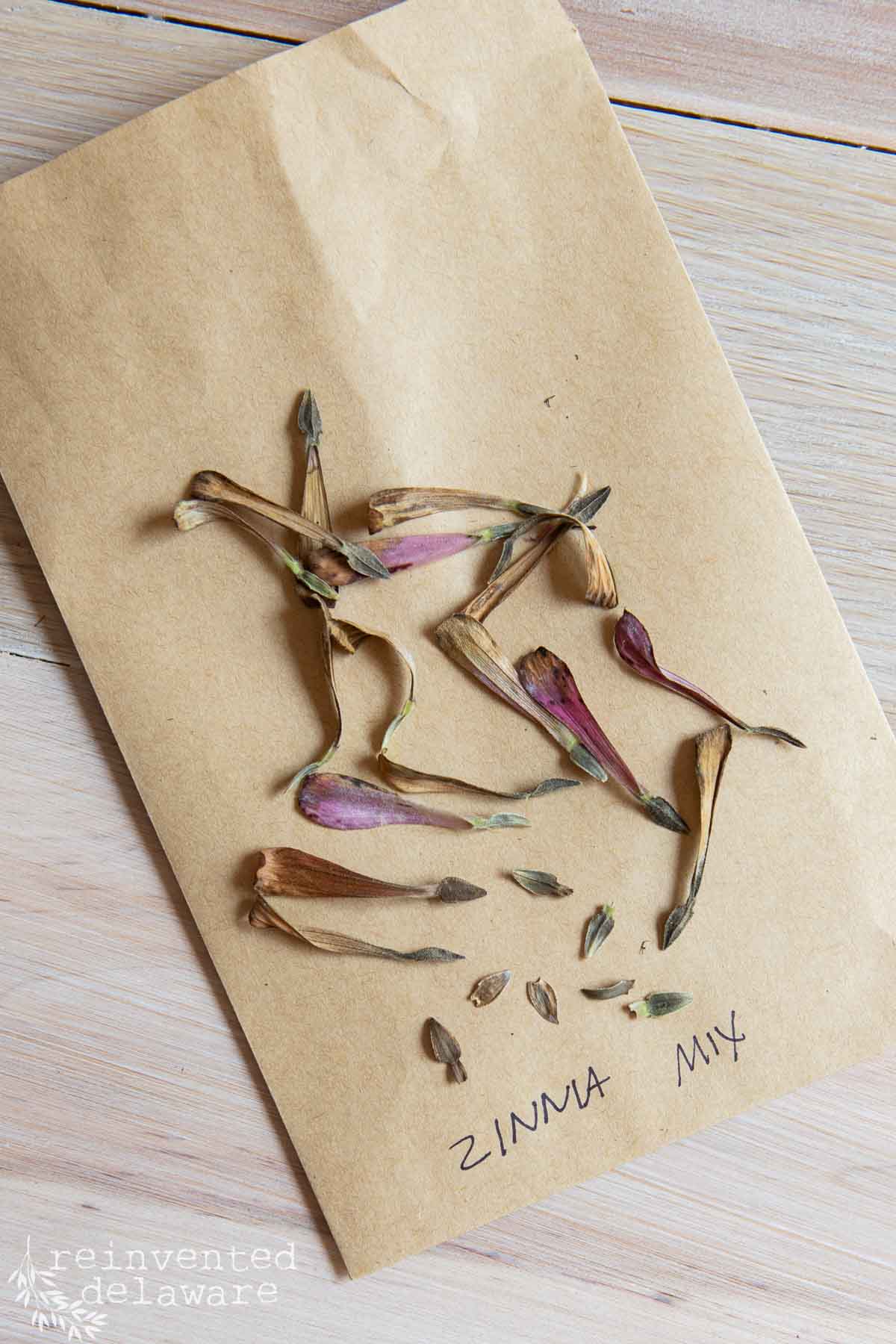
Be sure to label each packet with all the important details, like the variety name, seed type, and planting instructions, so everyone knows exactly what they’re getting. For an eco-friendly option, you can also consider reusing old seed catalog envelopes or commercial seed packets.
Precautions for Ensuring Safe and Non-Invasive Seeds
1. Verify Plant Species and Local Suitability
Before exchanging seeds, it’s important to make sure that the plants are suitable for your local environment. Some plants can become invasive if introduced to new areas, potentially outcompeting native species and disrupting local ecosystems.
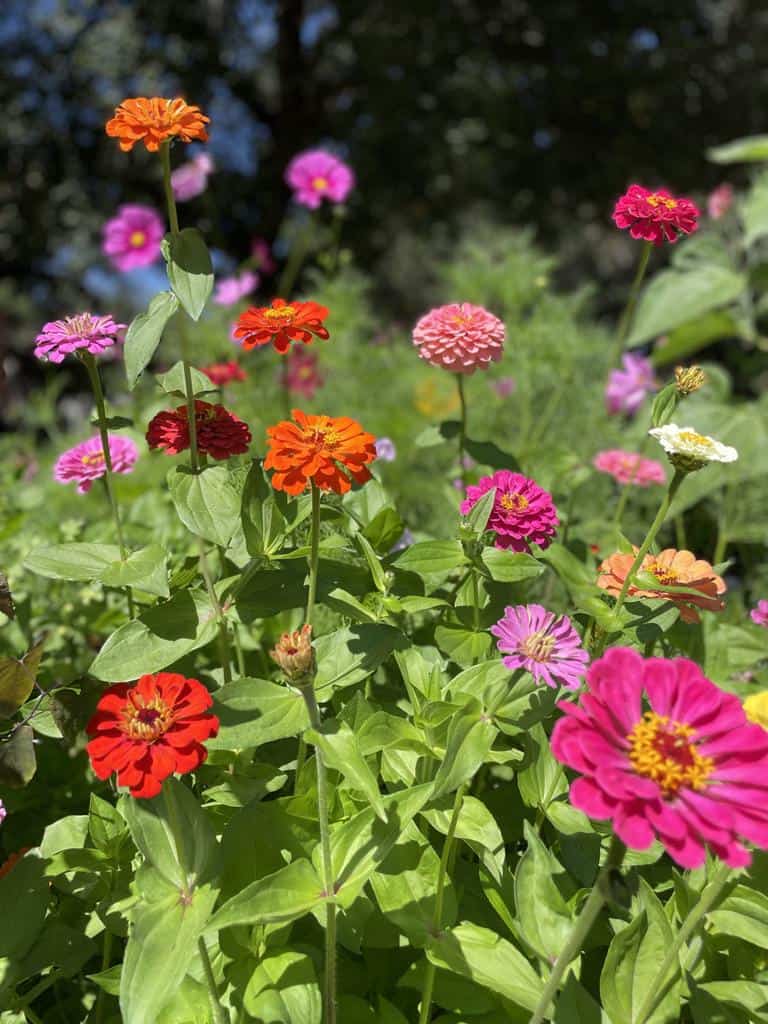
Encourage everyone to do a little research beforehand, focusing on sharing native plant seeds or those that are well-suited to your local climate and soil conditions. It’s also a good idea to cross-check the seeds against a list of invasive species in your region, which can often be found through local environmental organizations or agricultural extensions.
2. Educate About Hybrid Plants
Some hybrid plants, while not necessarily invasive, might not grow true from seed and could have unintended environmental impacts. To help avoid any surprises, be sure to label hybrid seeds clearly, indicating that they are from hybrid plants and may not produce plants identical to the parent.
It’s also a great idea to promote the sharing of heirloom seeds or open-pollinated varieties, as these are more likely to grow true to type and help support biodiversity in your garden and community.
3. Check for Seed Viability and Cleanliness
Seeds should always be free from pests, diseases, and weeds to prevent the spread of harmful organisms.
Encourage everyone to inspect and clean their seeds thoroughly before the seed exchange.
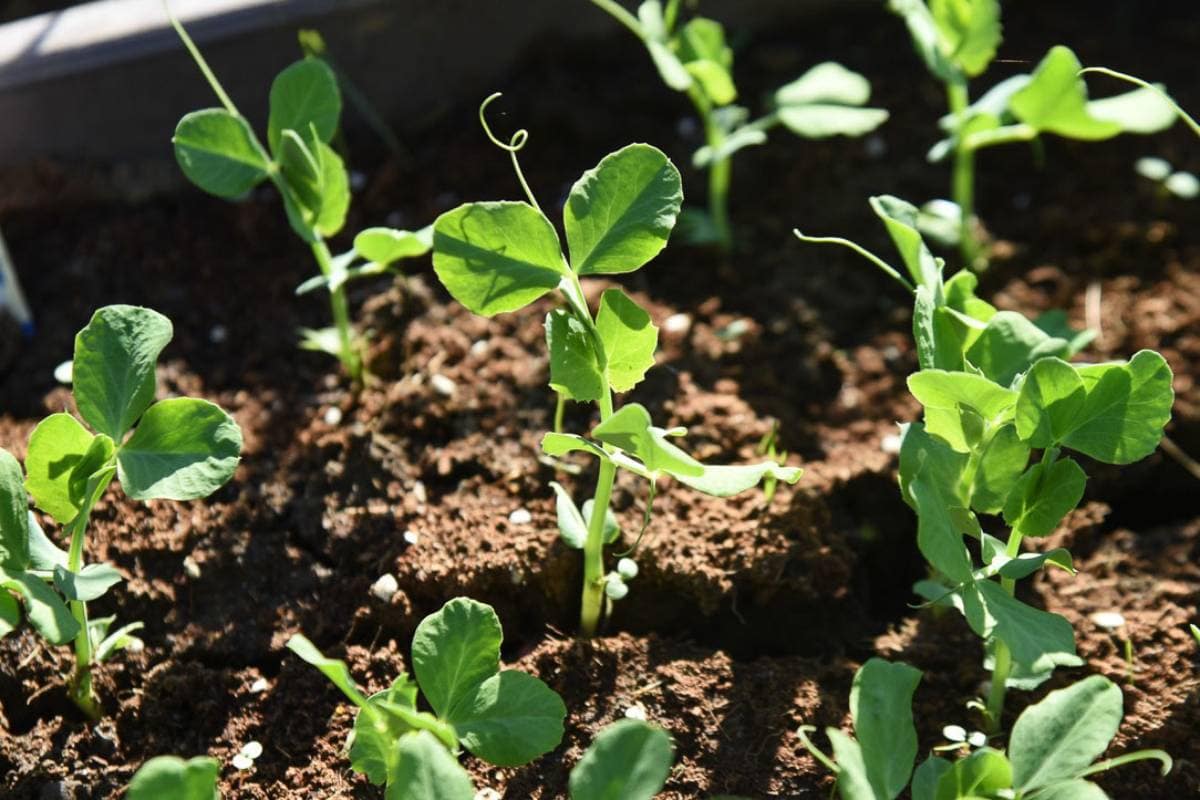
It’s also a good idea to test seed viability by conducting a germination test. This is especially important for seeds that have been stored for a long time, to make sure they’re healthy and ready for planting.
4. Encourage Ethical Seed Sourcing for the Exchange
Make sure that all seeds are obtained ethically and legally, in accordance with any local, state, or national regulations. This means avoiding the exchange of seeds from plants that are rare, endangered, or protected by law.
It’s also important to adhere to any guidelines set by local gardening clubs, seed libraries, or agricultural organizations to ensure that everyone is participating responsibly and sustainably.
5. Share Information on Proper Plant Care
It’s always helpful to give your friends some tips on how to care for their new plants responsibly. This can include advice on proper planting and maintenance. It’s also important to share how to safely dispose of any unwanted plants, so they don’t end up spreading where they shouldn’t.
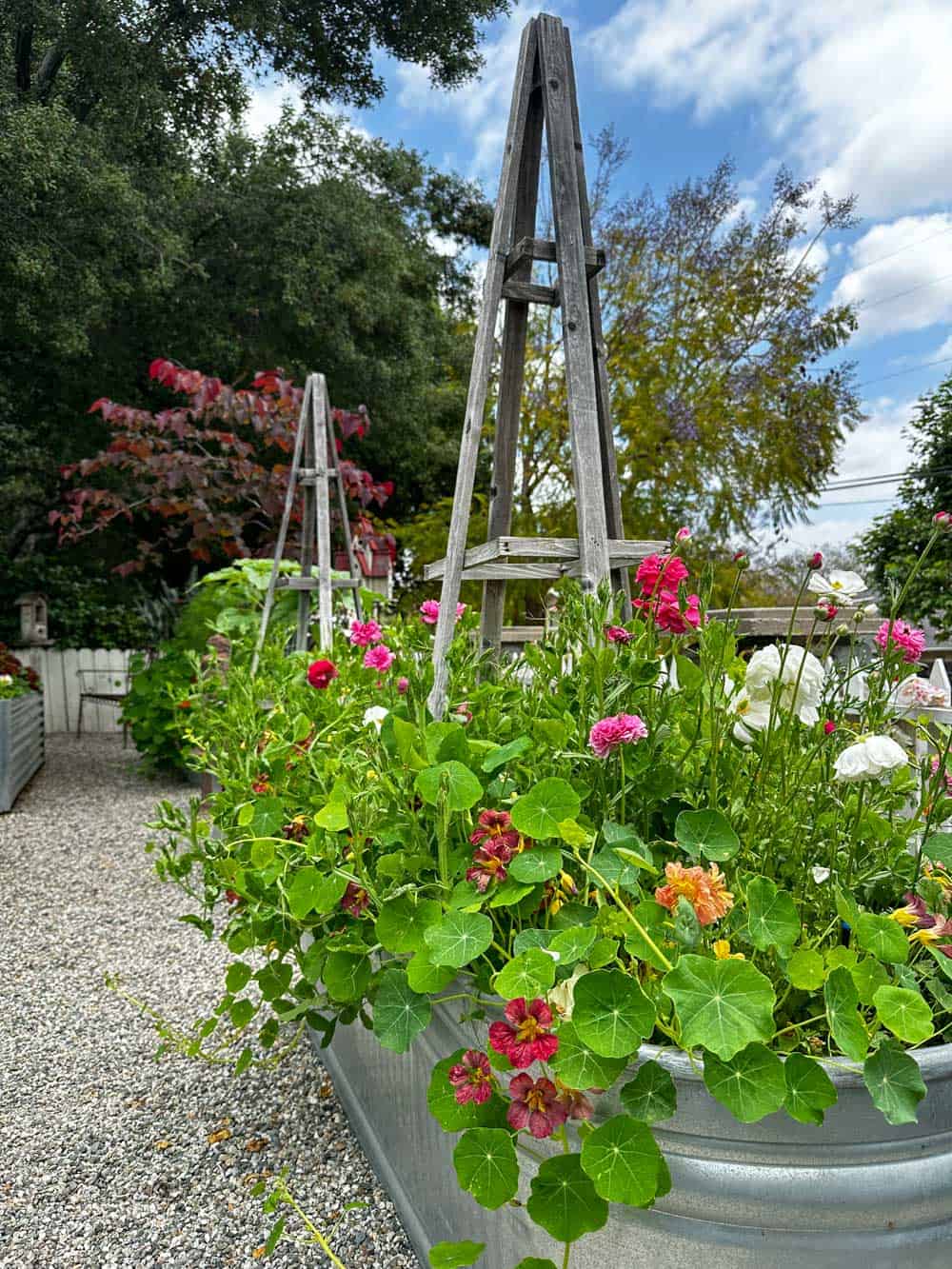
Sharing this kind of information ensures that everyone’s garden stays healthy and well-managed!
6. Foster Awareness About Invasive Potential
It’s important to help everyone be aware of the potential invasiveness of certain plants. You can start by sharing a list of invasive species specific to your are. Many local environmental organizations, agricultural extensions, or government websites provide these lists. They’re easy to find! This way, everyone knows which plants to avoid exchanging.
Also, encourage the use of native plant seeds, which are well-suited to your local environment and do a great job of supporting local ecosystems.
How to Organize the Seed Exchange Event
Choose the Right Format
There are so many fun ways to organize a seed exchange! You could host an in-person event at your home, a community garden, or even the main library.
Just encourage everyone to bring a list of the seeds they’re contributing to make it easy to see what’s available.
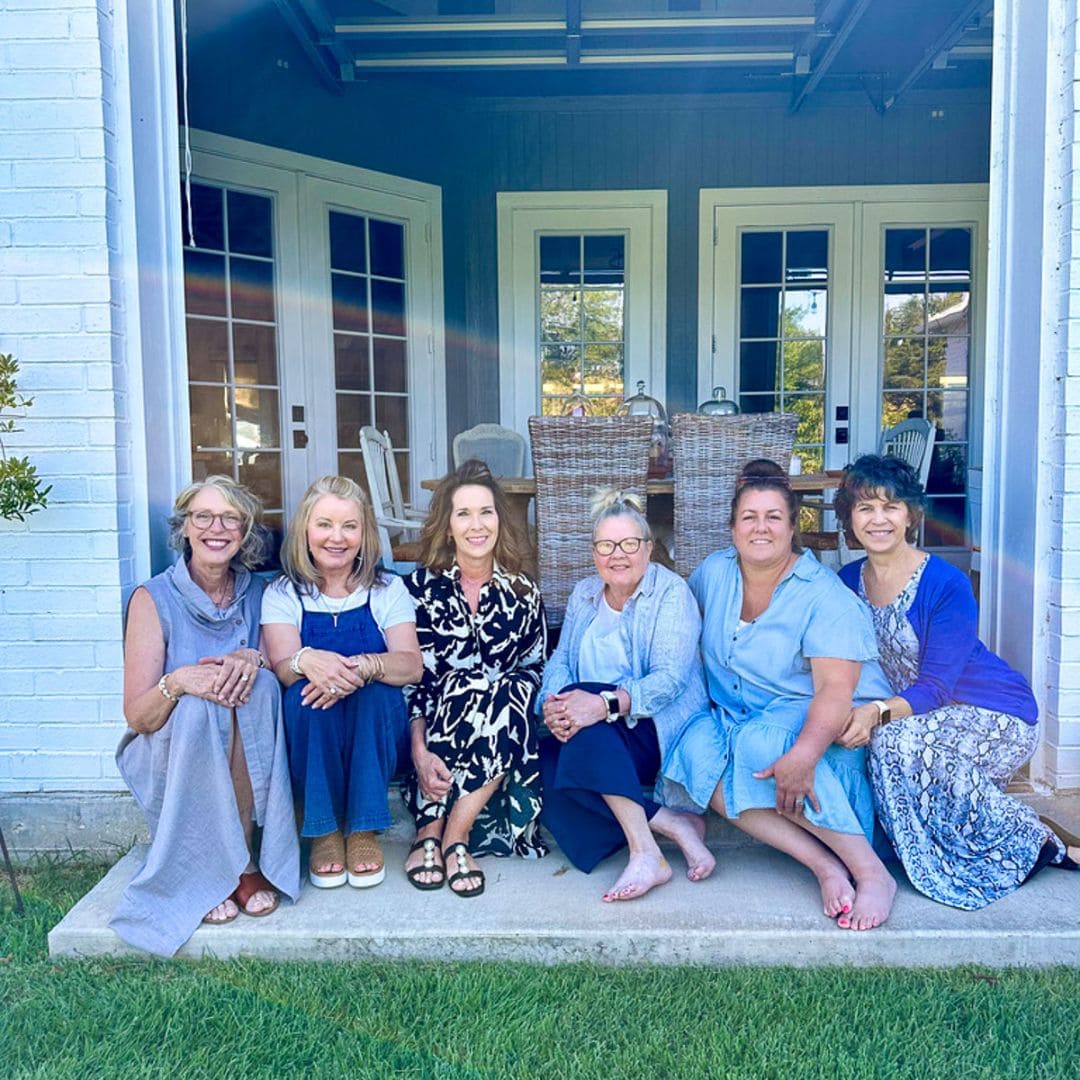
If you’re like me and have friends who live all over the country, a digital seed swap might be just what you need! During our annual girls’ weekend retreat this summer, my blogging friends and I came up with the idea of a virtual seed exchange. It’s the perfect way for us to stay connected and share our favorite seeds, even from afar.
You could also create a Facebook group to coordinate the exchange. Everyone can post their seed wishlists, share gardening tips, and chat about their plans for the season. It’s such a fun way to keep the gardening community spirit alive, even when you can’t be together in person
Or, consider partnering with a local seed library. They often have membership forms or seed donation forms that can help manage the swap. Plus, it’s a great way to connect with your community and support local gardening initiatives.
Coordinate the Exchange
If you’re organizing an in-person seed exchange, set up a table where you can arrange the seed packets by type and variety. This makes it easy for everyone to see what’s available. It can be helpful to provide a list of all the seeds up for grabs, so participants can quickly find what they’re looking for.
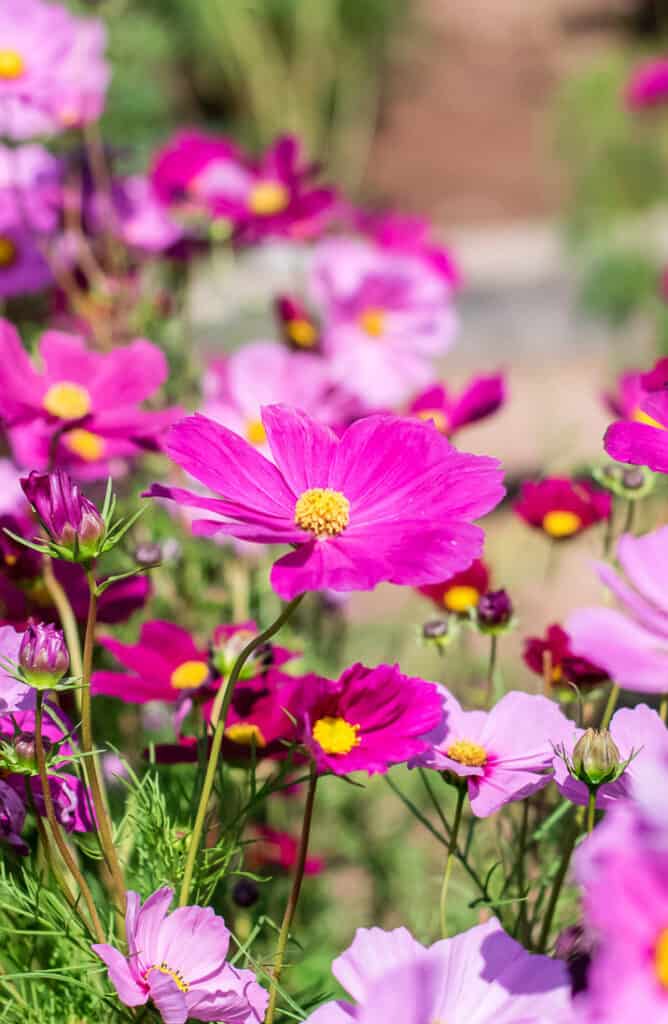
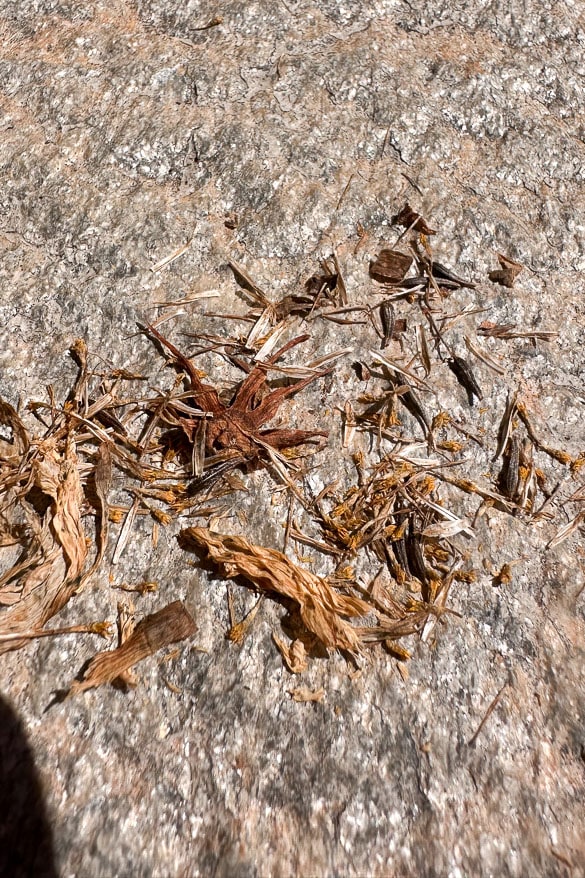
To keep things organized, try using a library card-style system to track who is donating and taking seeds. This adds a fun and practical element to the swap!
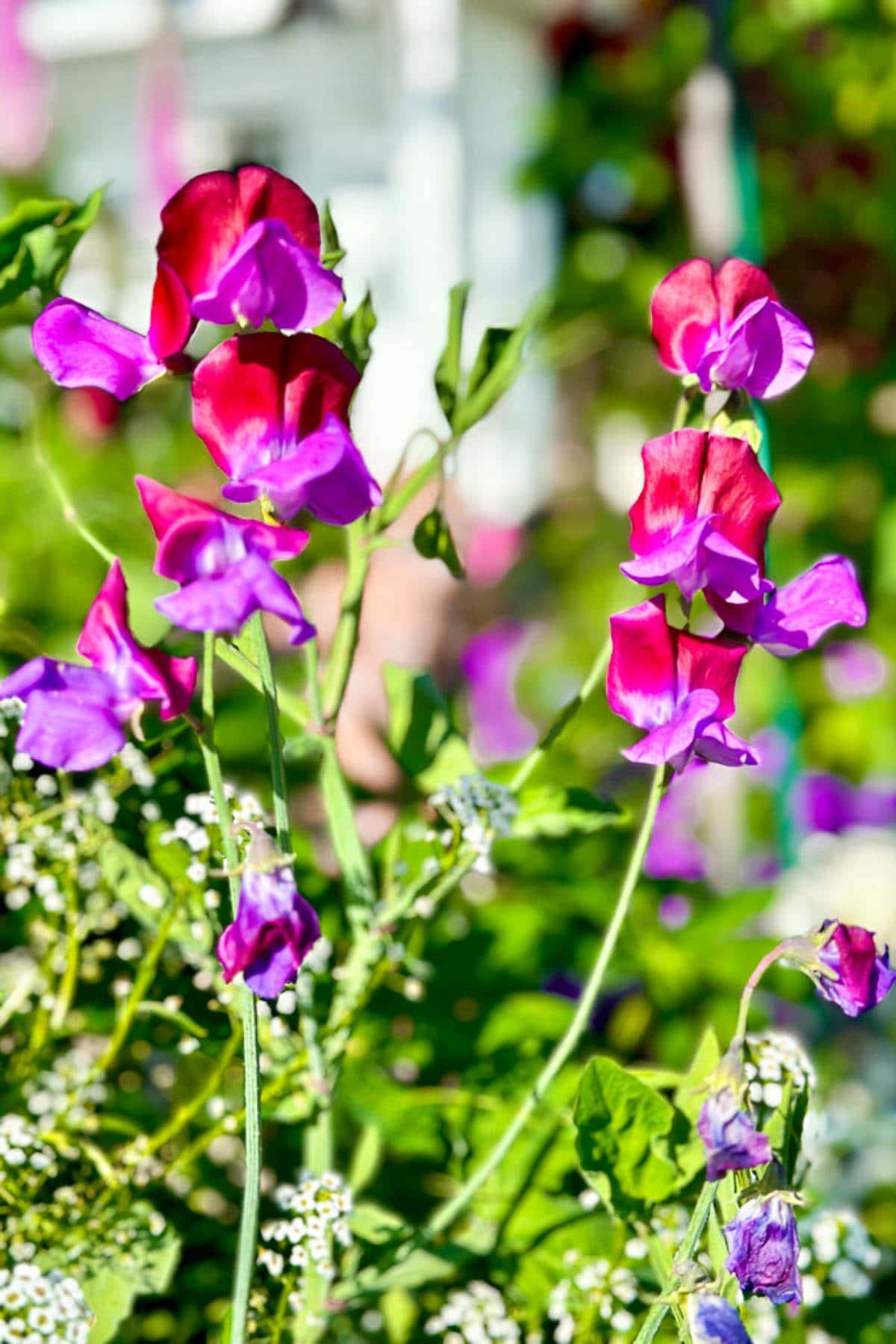
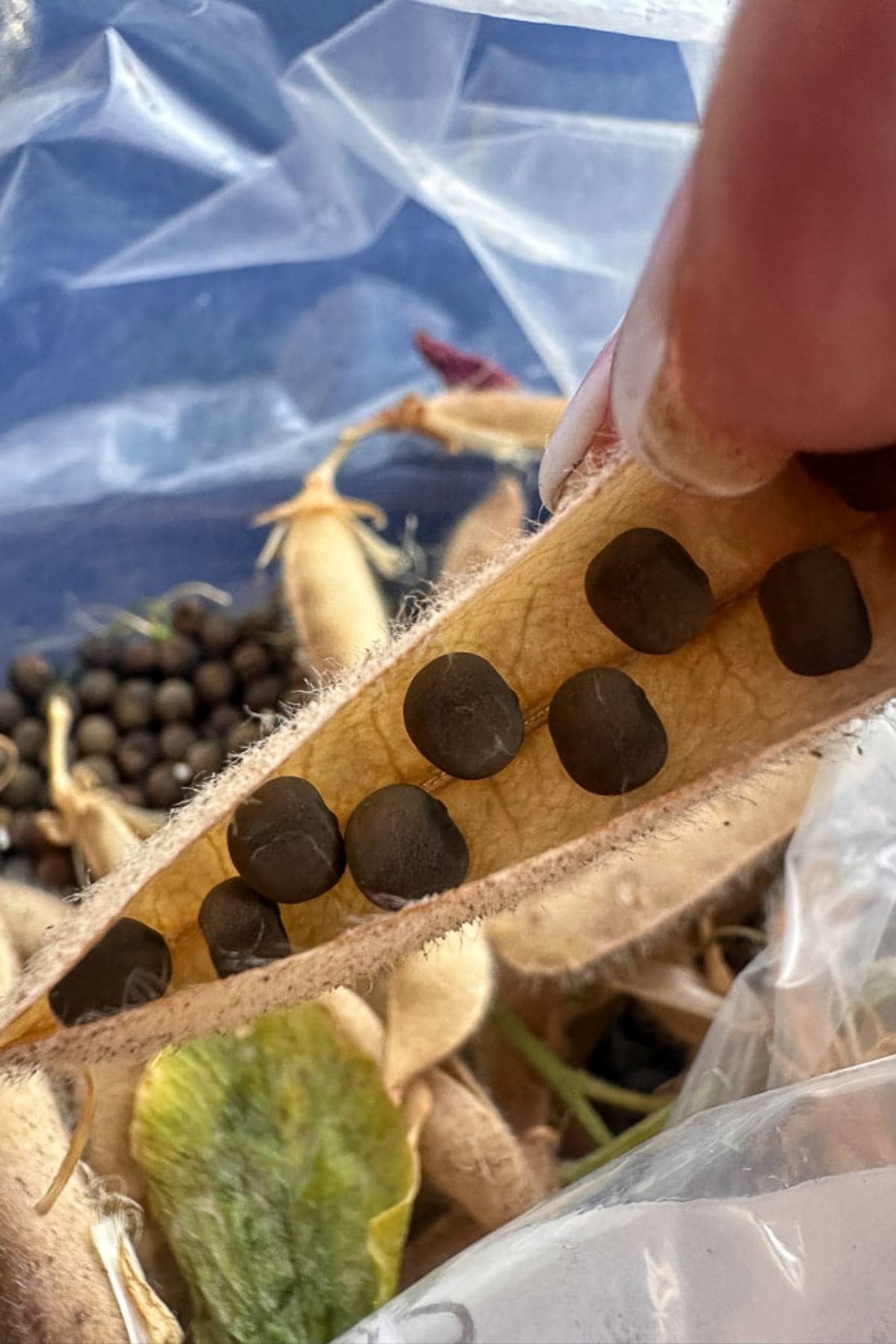
For a virtual seed exchange, you can create a shared online document or spreadsheet where participants list the seeds they have available and those they’re looking for.
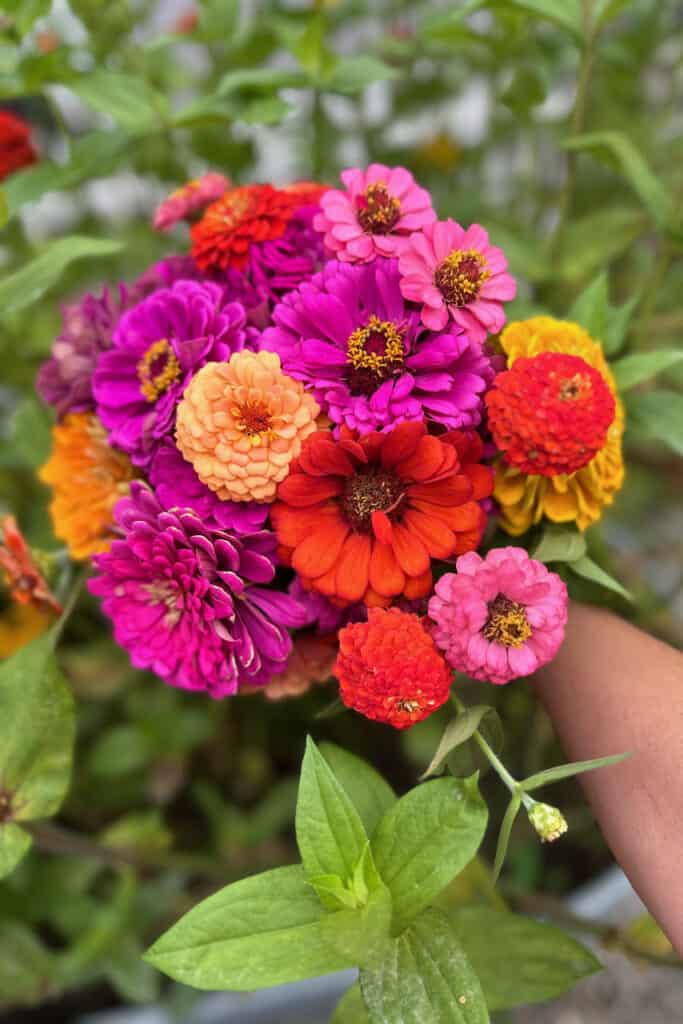
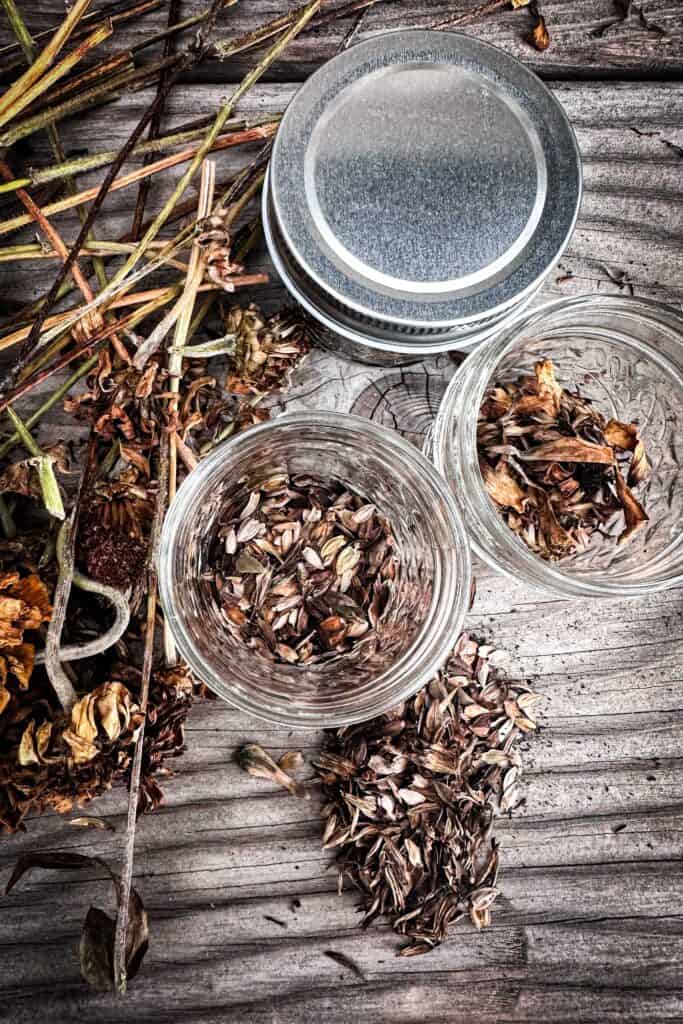
This way, everyone can easily browse the options and make arrangements to swap seeds directly with each other. It’s a great way to keep things organized and interactive, even from a distance!
Tips for a Successful Seed Exchange
Here are some helpful tips to ensure your seed swap is a big success, whether you’re meeting up in person or organizing it virtually!
How to Continue the Exchange Year-Round
If you’re looking to keep the seed-swapping fun going all year, consider joining or even starting a seed library in your community! It’s a great way for gardeners to donate and borrow seeds whenever they like.
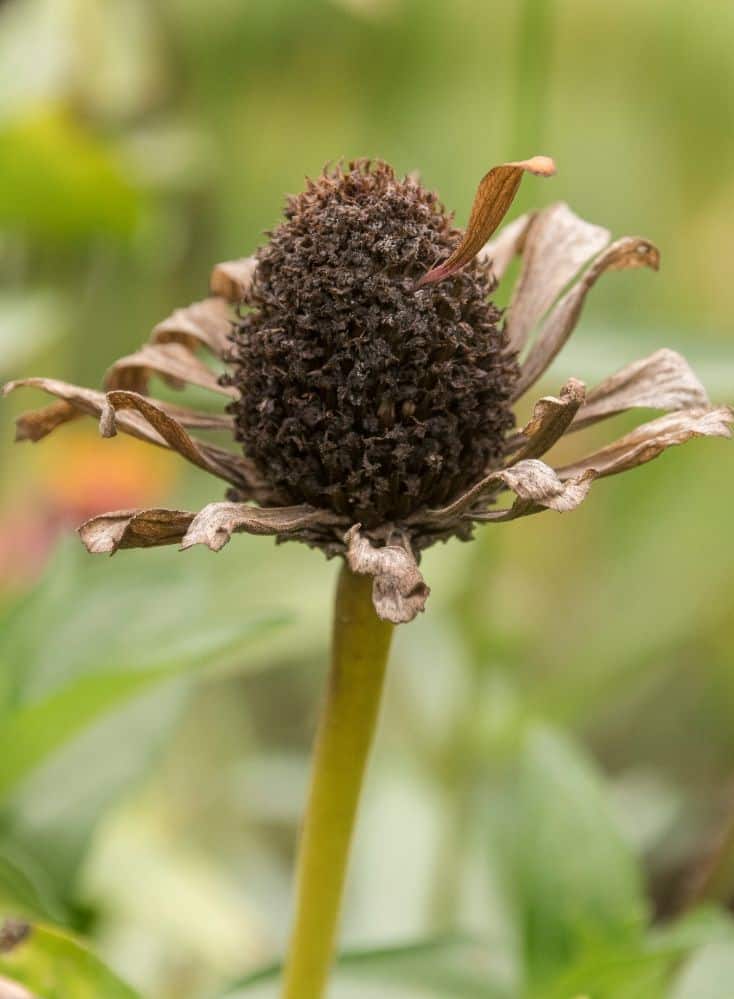
You could also organize seasonal swaps with friends to match different planting times.
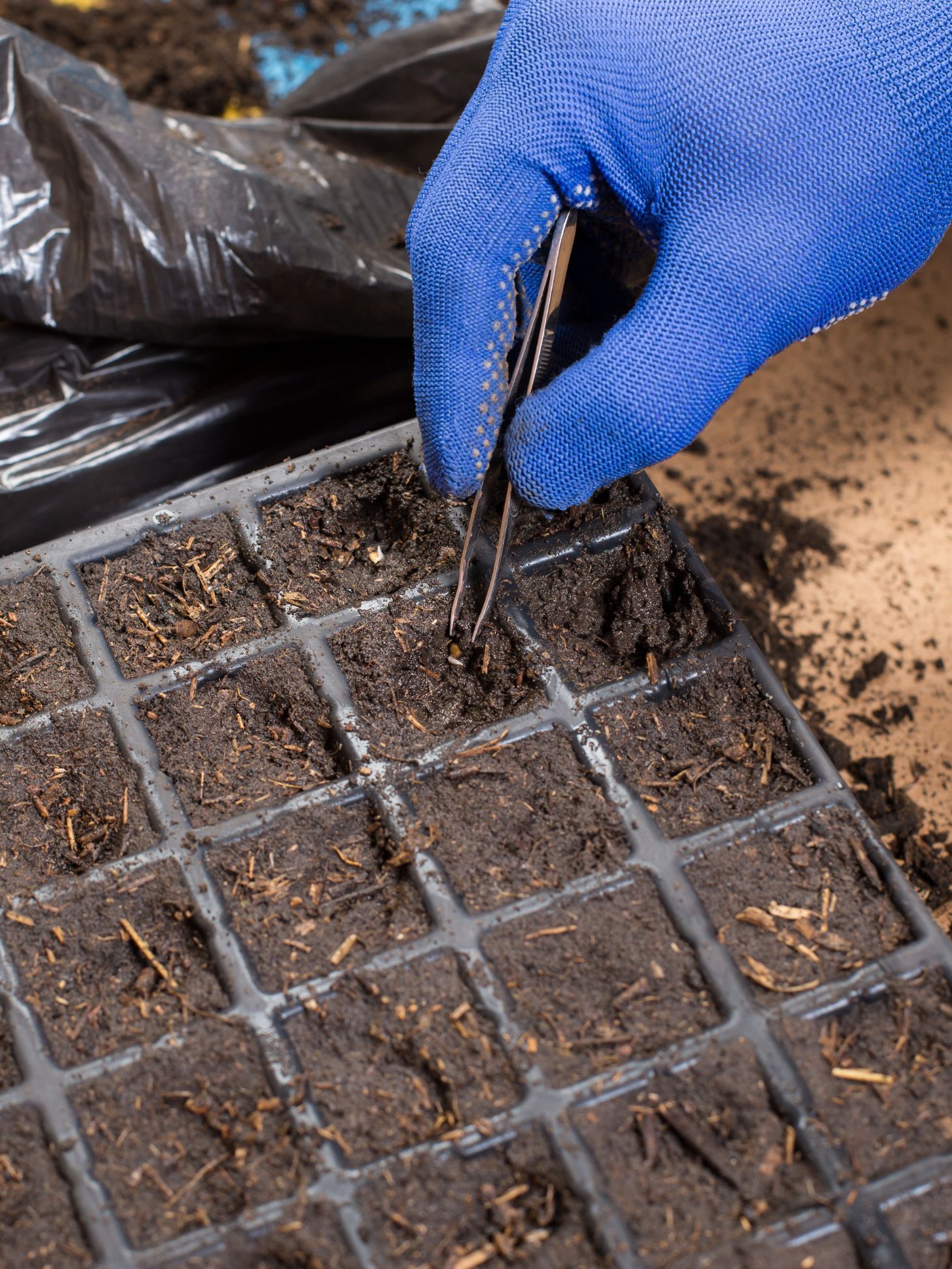
This is a great way to keeps things fresh and ensures there’s always something new to exchange!
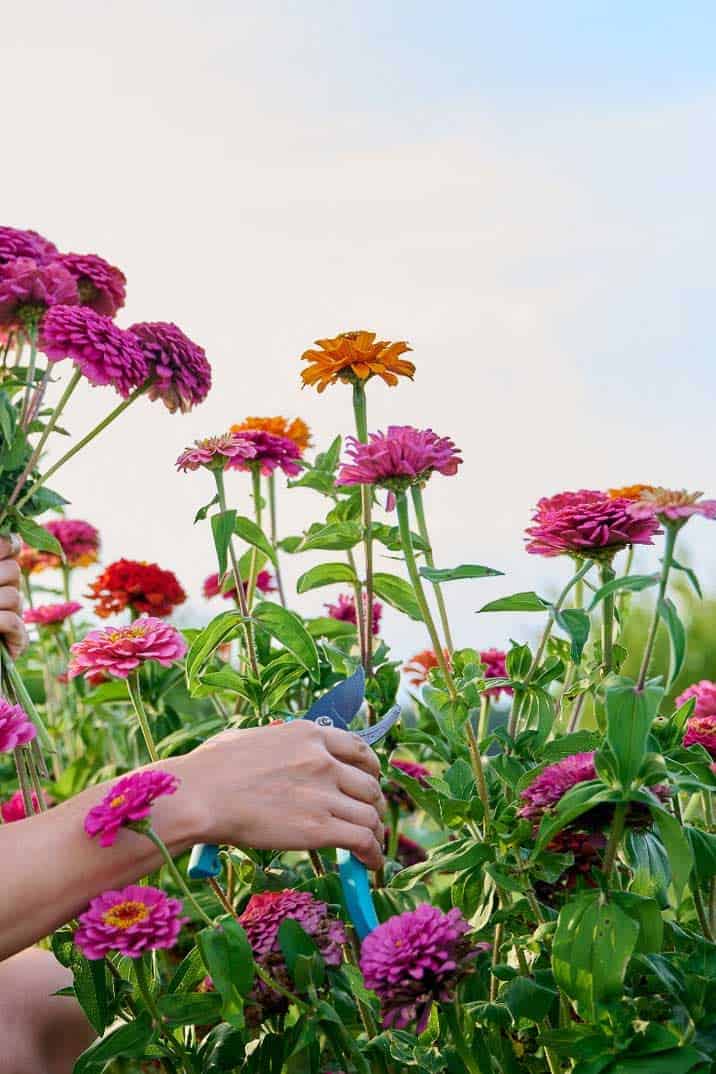
And for a little extra organization, try keeping a digital list of available seeds and plant varieties online, so everyone can easily see what’s up for grabs and plan ahead.

Gardening Friends Seed Exchange
Click on the links below for more seed exchange and seed saving fun from a few of my gardening friends.
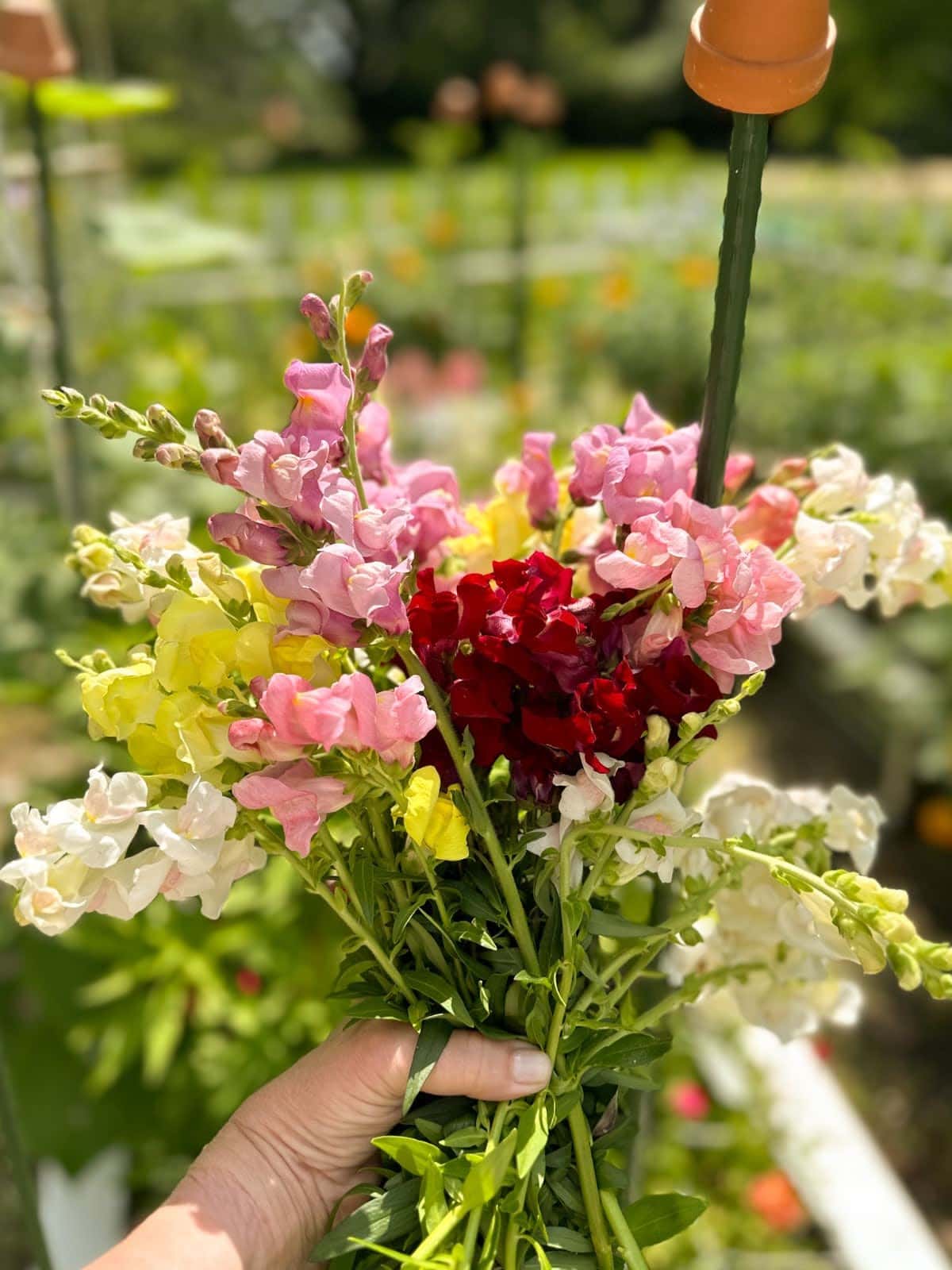

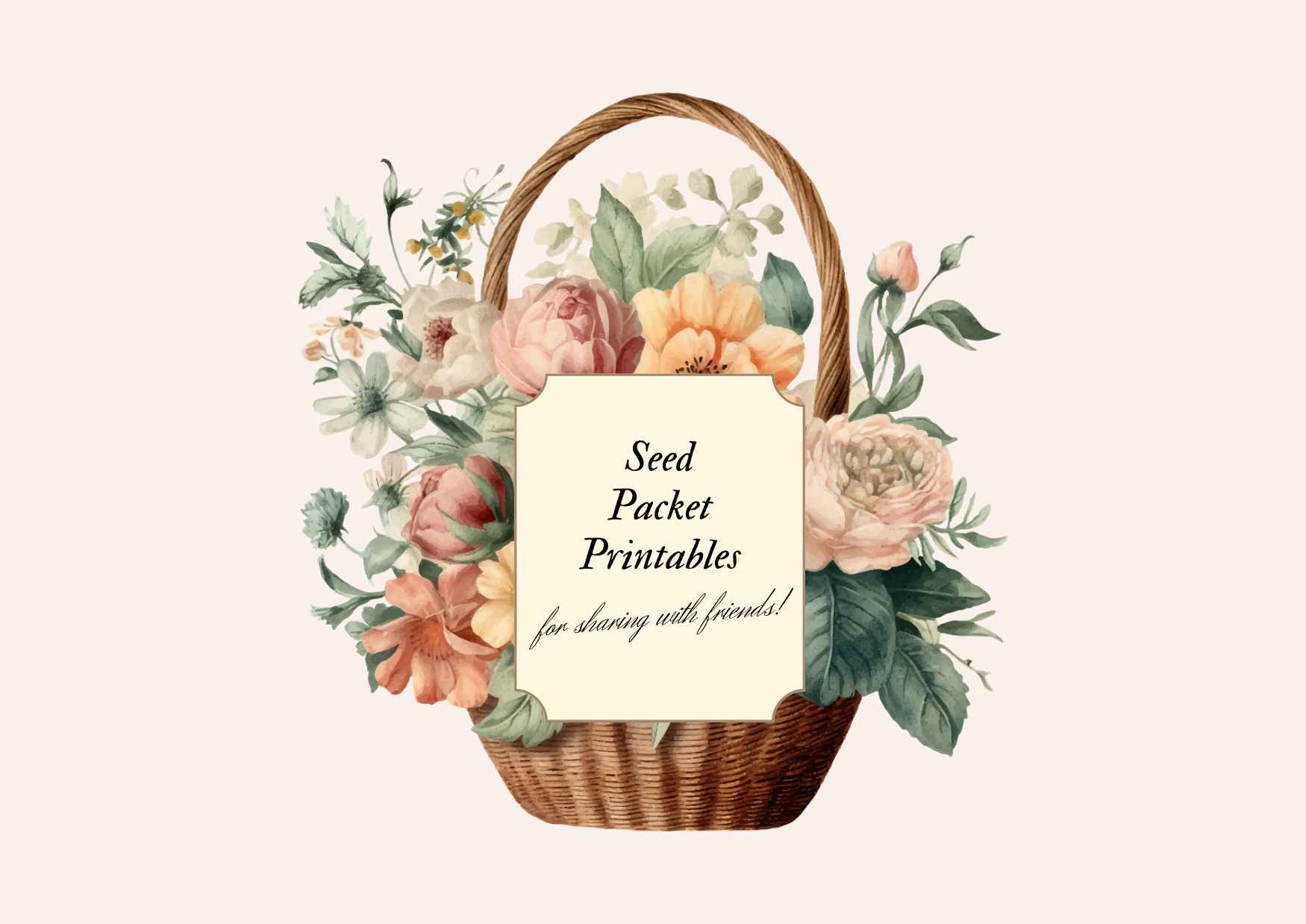
Sow What? Harvesting Snapdragon Seeds Made Simple – Living Large in a Small House
The Easy Way to Harvest Zinnia Seeds from Your Garden – Reinvented Delaware
Make Your Own Seed Packets for Sharing with Friends – Amy Sadler Designs
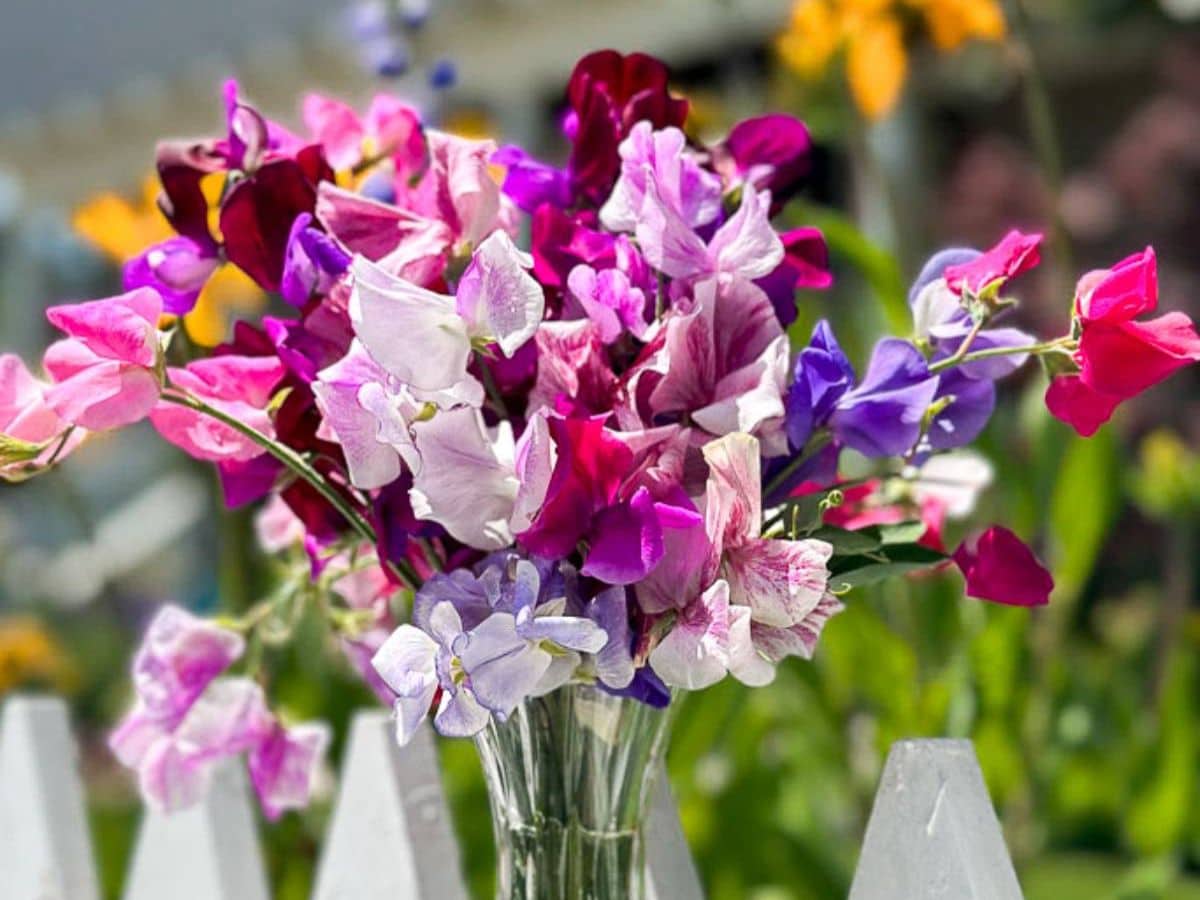
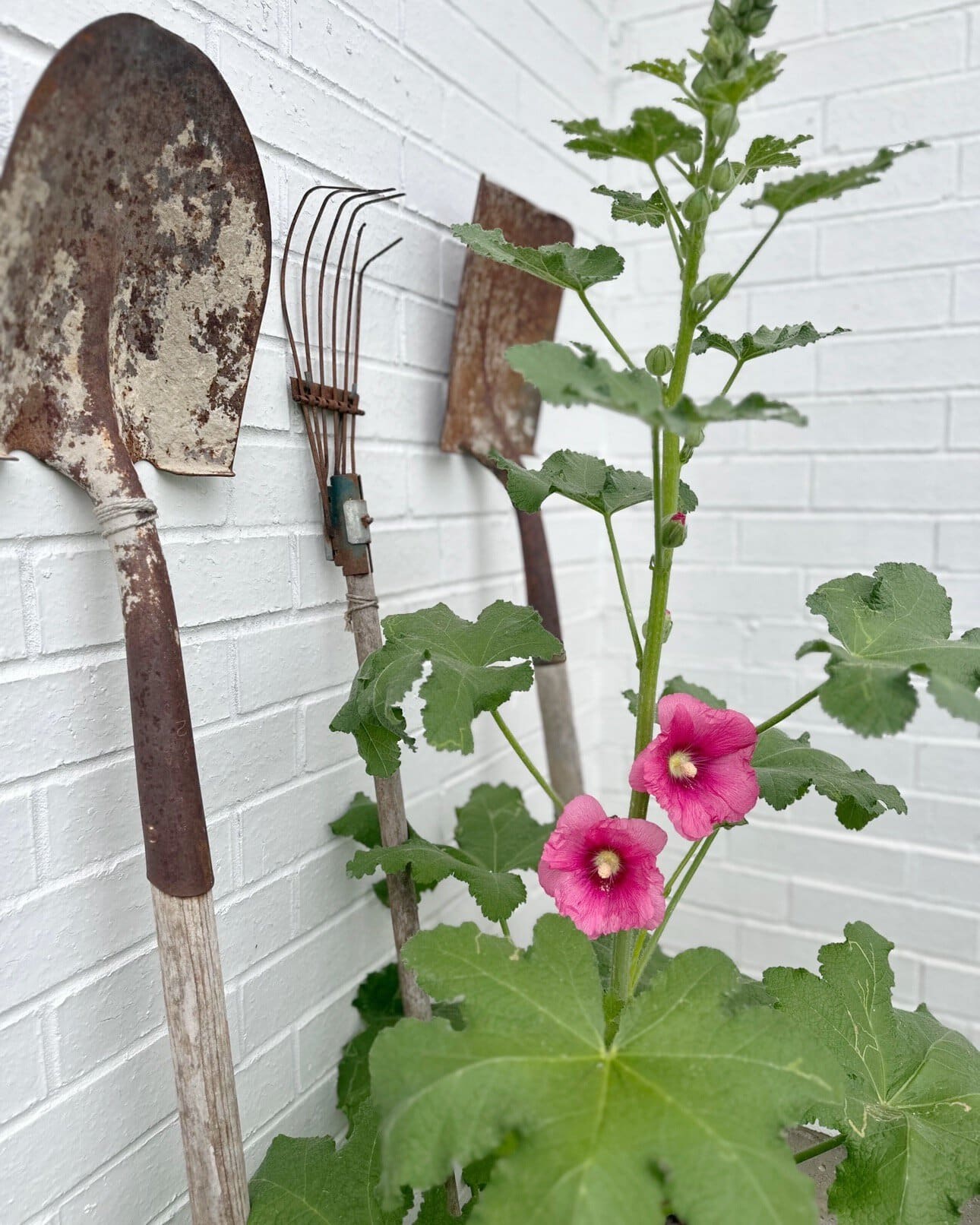
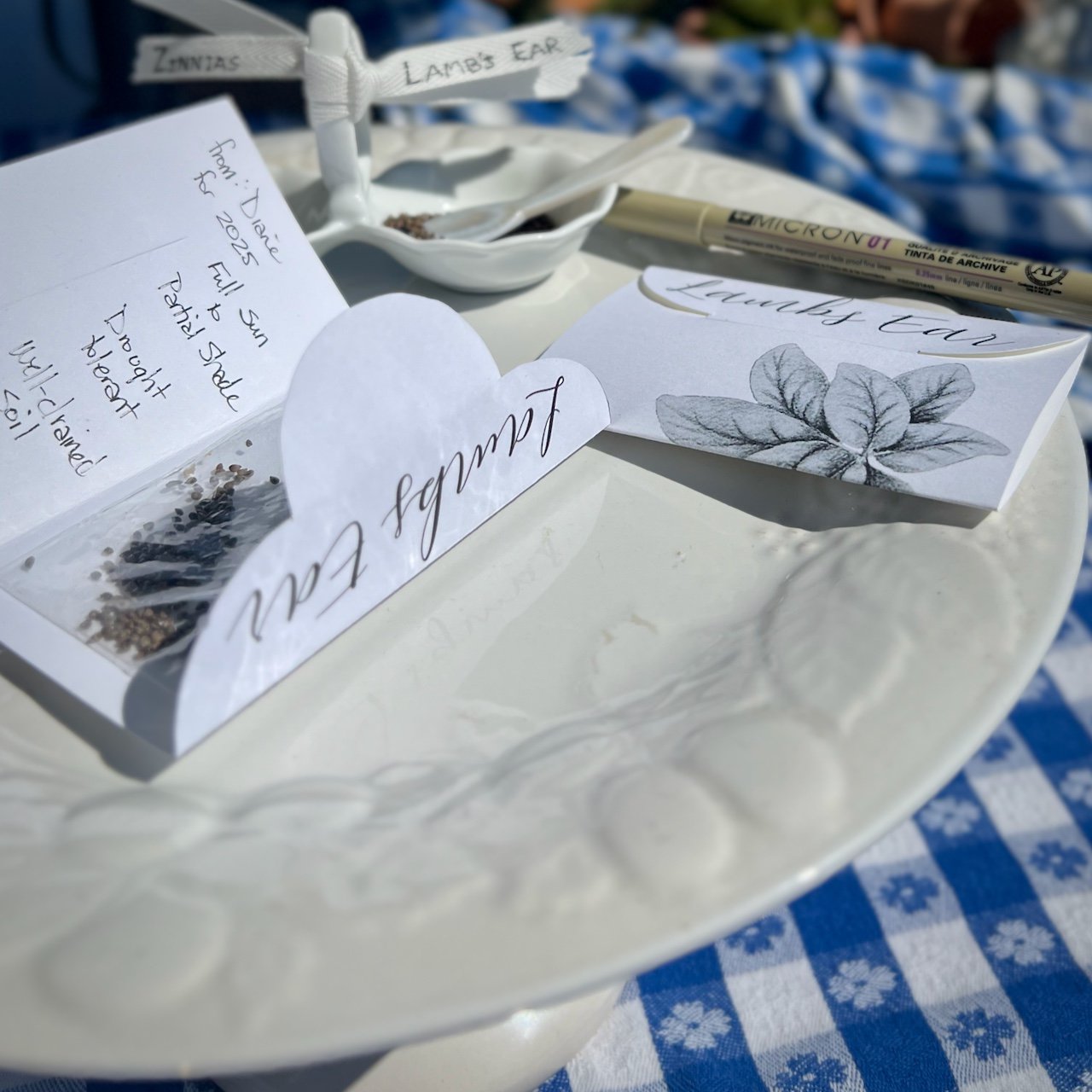
Seed Exchange Swap: Growing a Beautiful Home Garden for Free – WM Design House
Simple Steps to Harvest, Store and Share Hollyhock Seeds – Vintage Home Designs
Great Ideas for Hosting a Friends Seed Sharing Swap Party – South House Designs
Other Gardening Posts from WM Design House
If you love this post, you might also enjoy some of my other favorite gardening posts
Wrapping Up: How to Host a Successful Flower Seed Exchange
A seed exchange is a wonderful way to foster a sense of community, promote biodiversity, and discover new and exciting plant varieties.
Whether you’re swapping flower seeds with friends in person, virtually, or partnering with local groups, these seed exchange events offer endless opportunities for learning and growth.
I hope this post helps encourage you to start your own seed exchange today and enjoy the beauty and abundance of life in your garden!
Happy gardening!

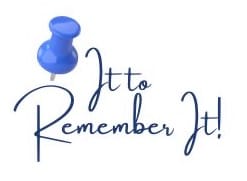
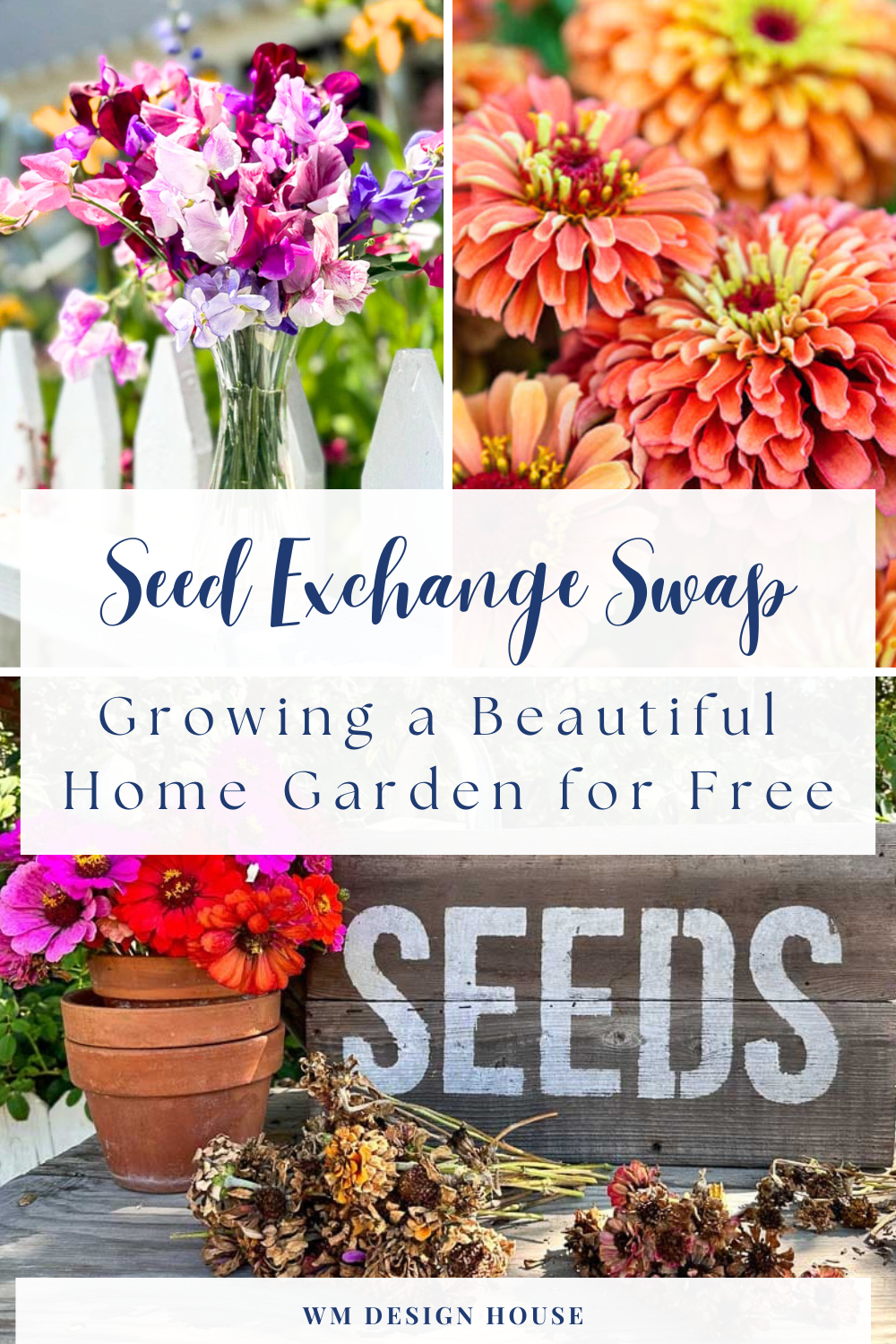
More about me!
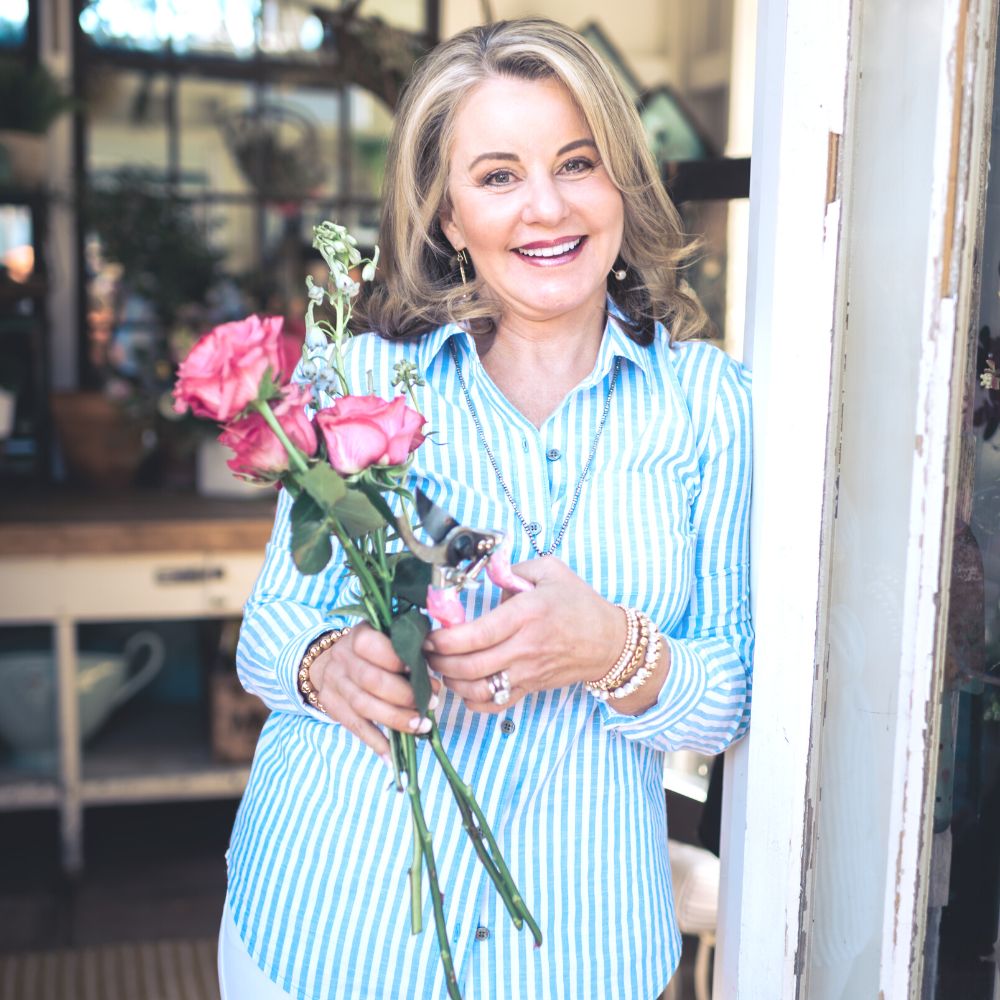
Hello, I’m Wendy – a dedicated homemaker with a deep passion for decorating, gardening, cooking, and crafting. I find joy in harmonizing beautiful elements to fashion a space that is both comfortable and inspiring. I will help you create a beautiful home, one project at a time.
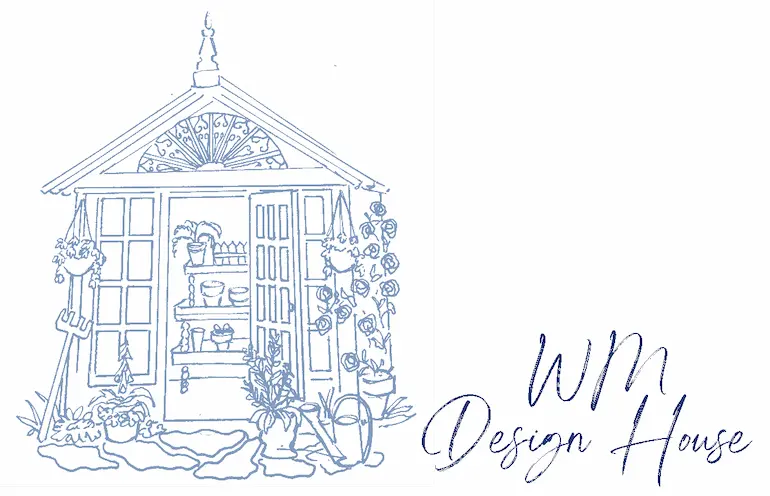
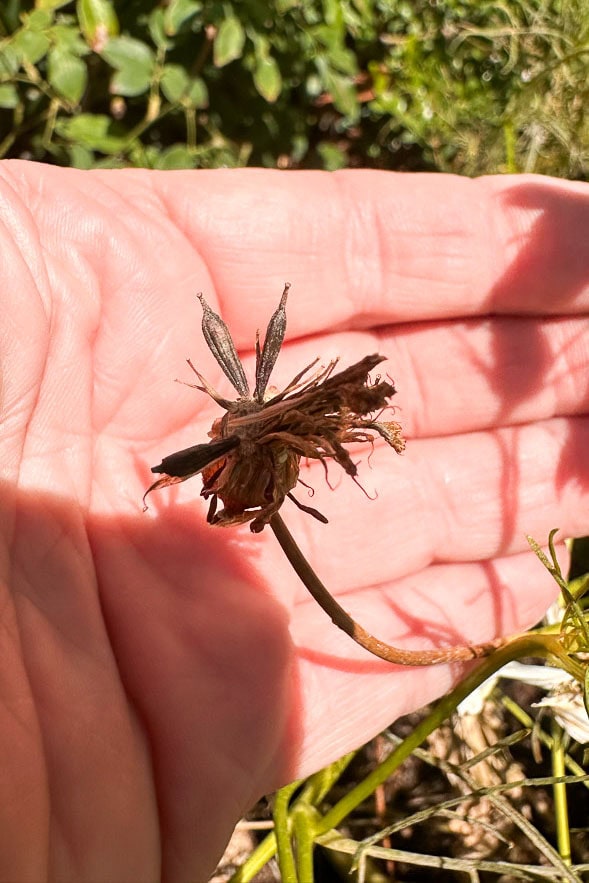
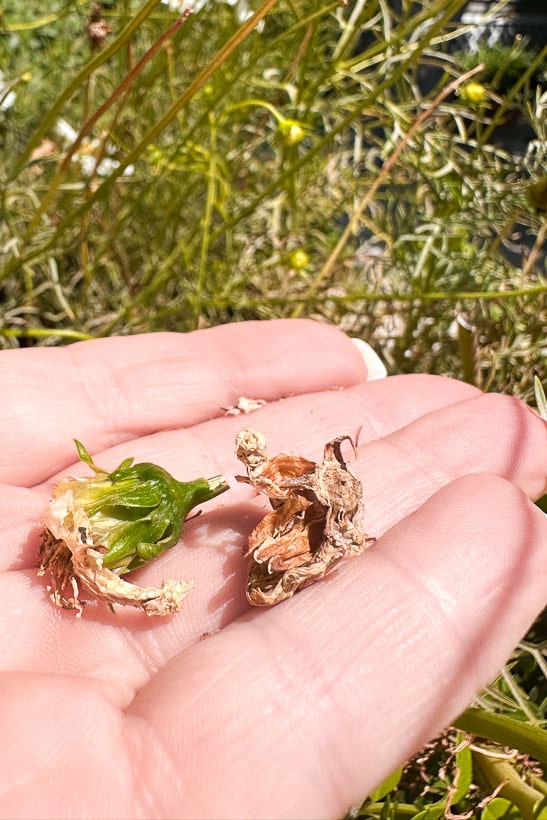
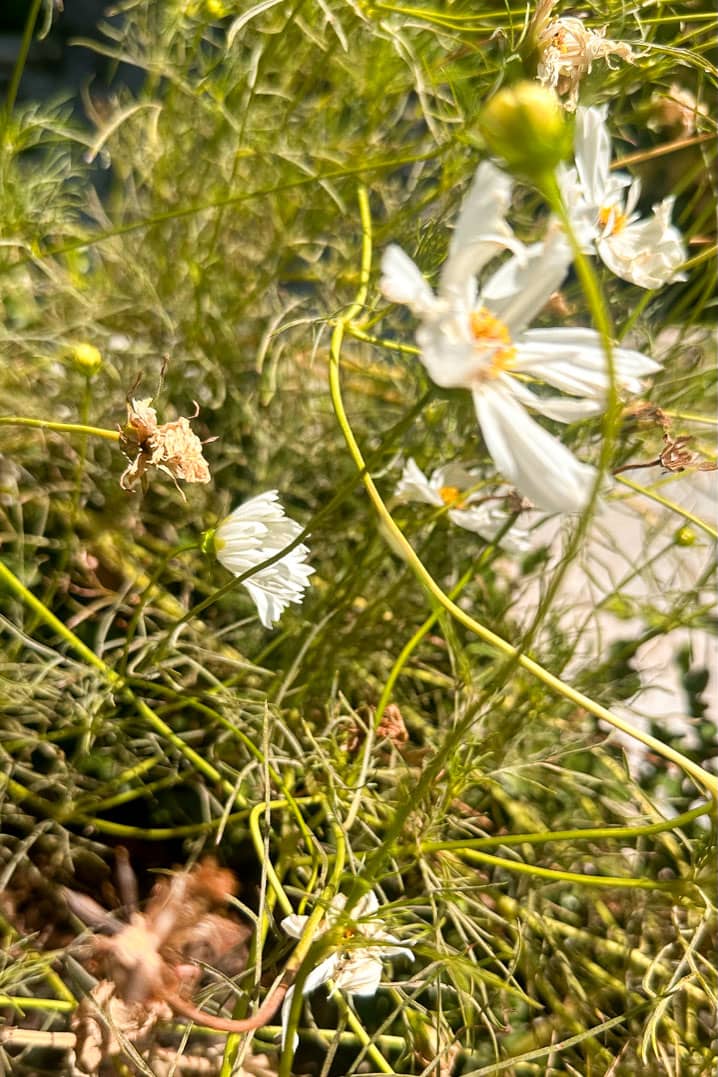
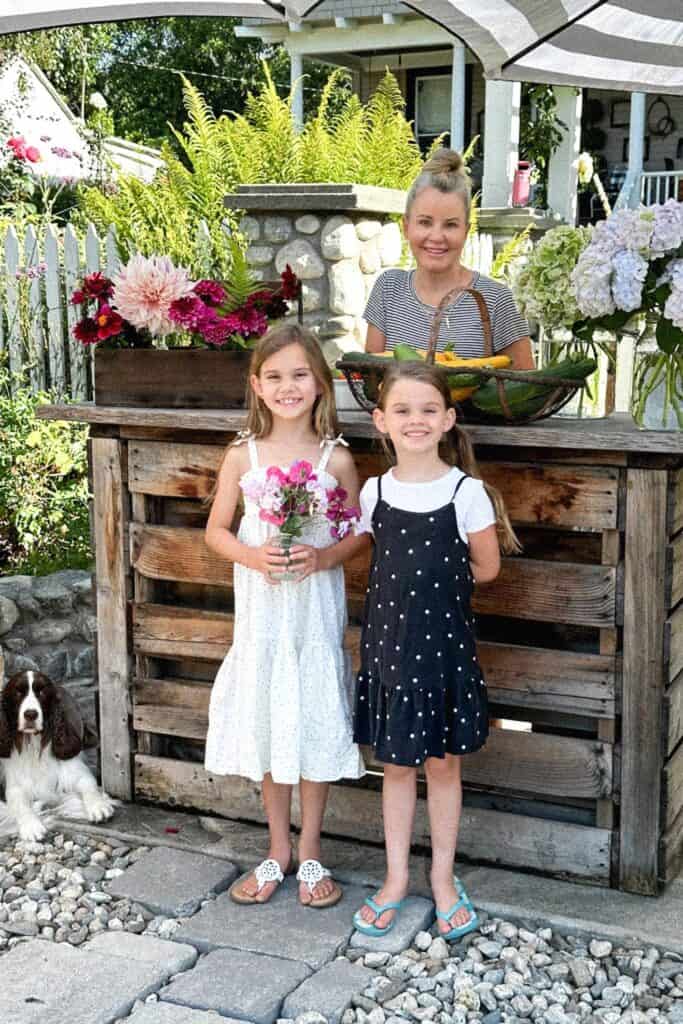
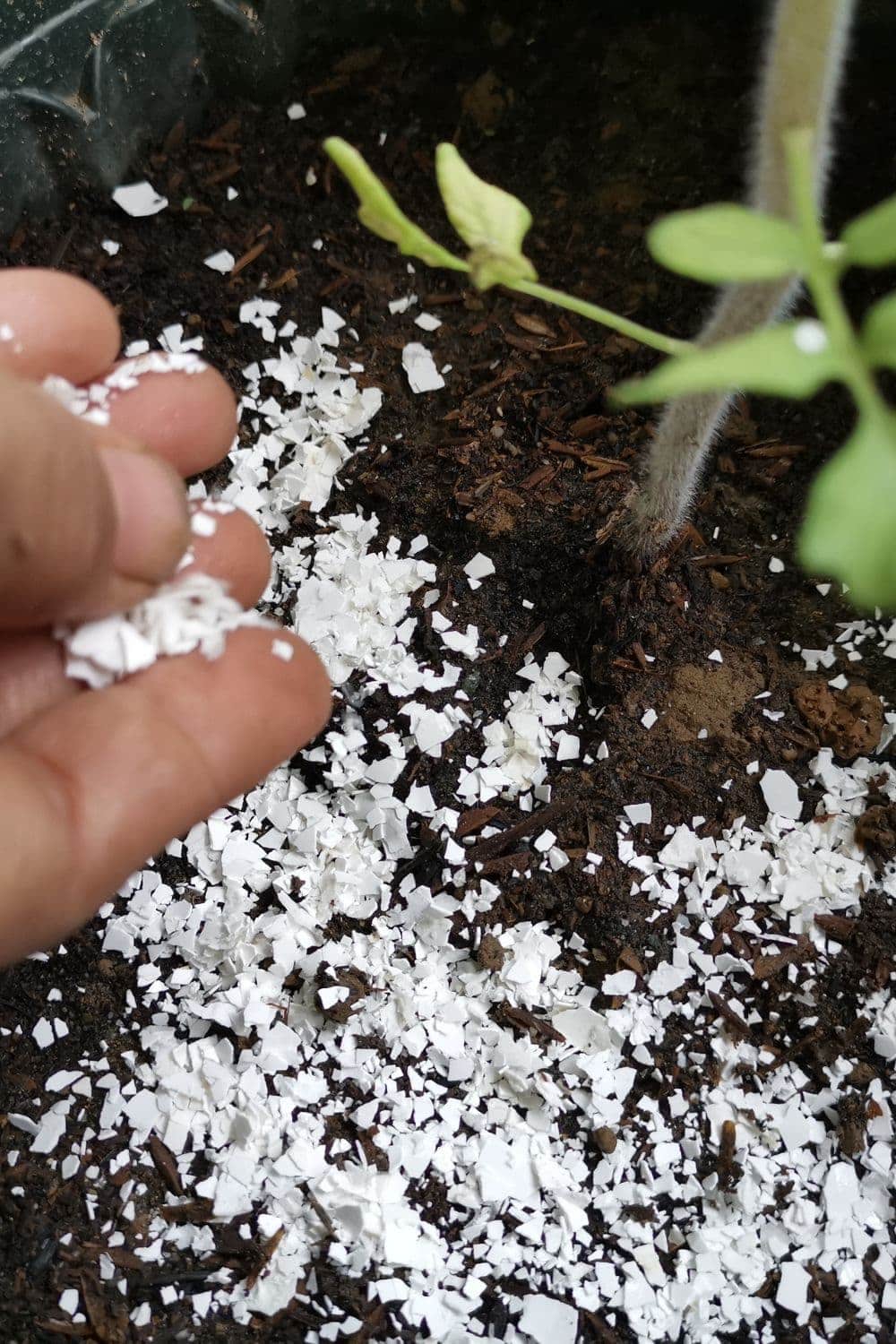
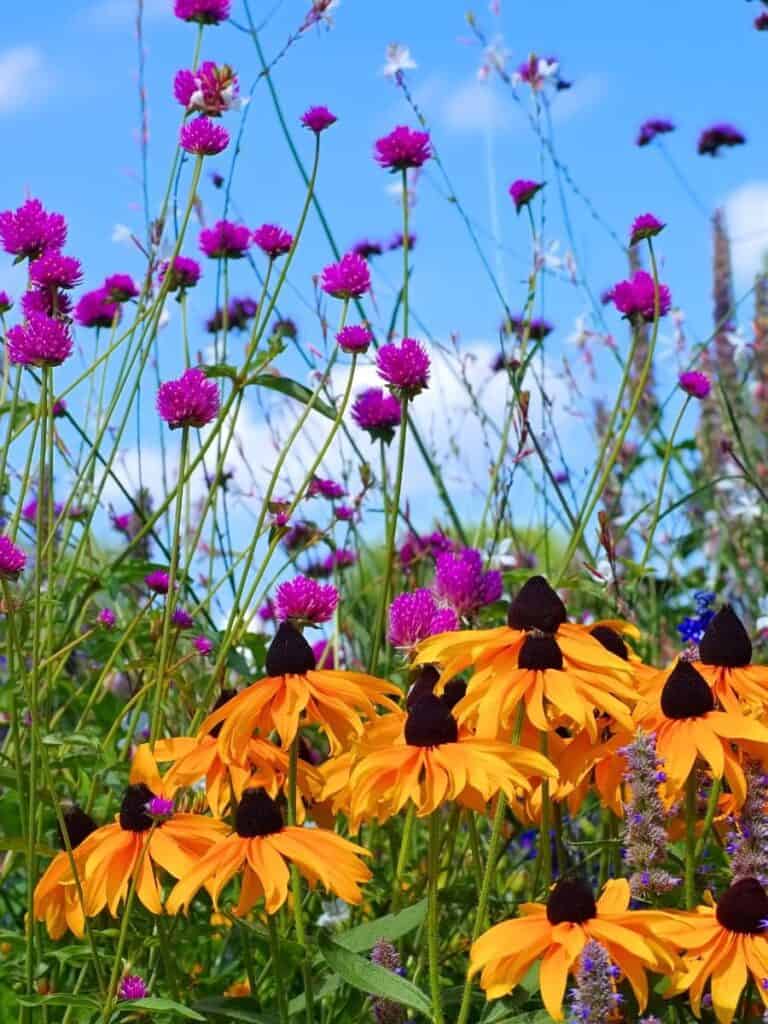
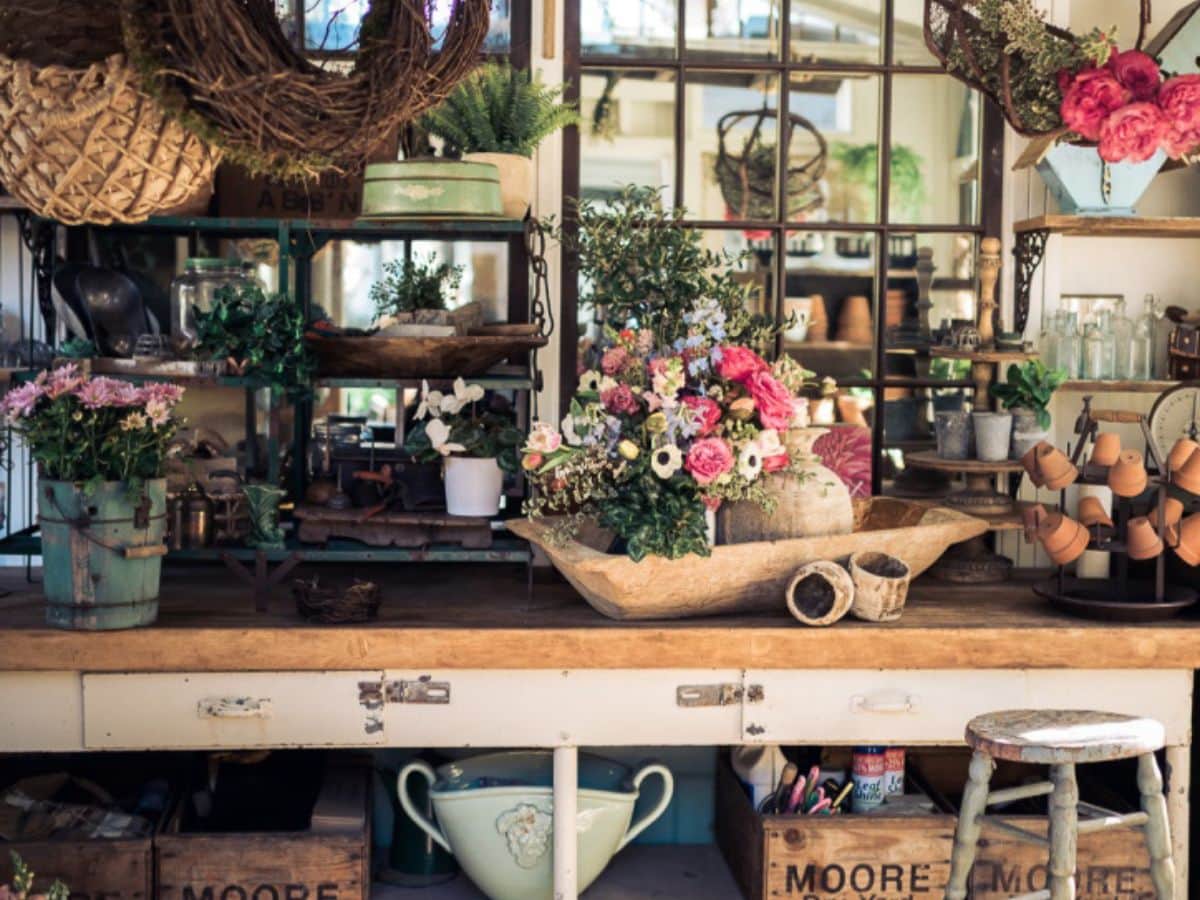

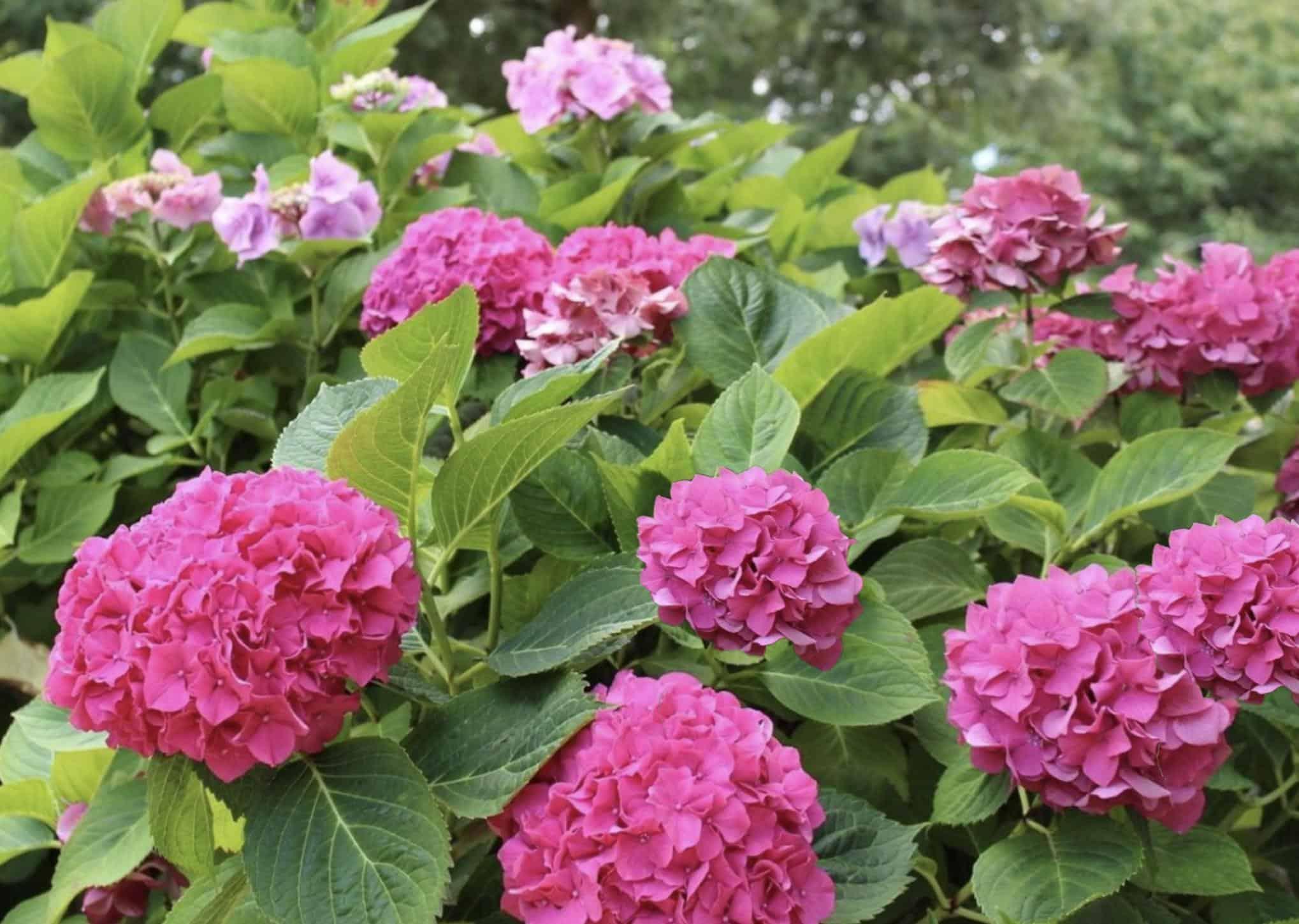
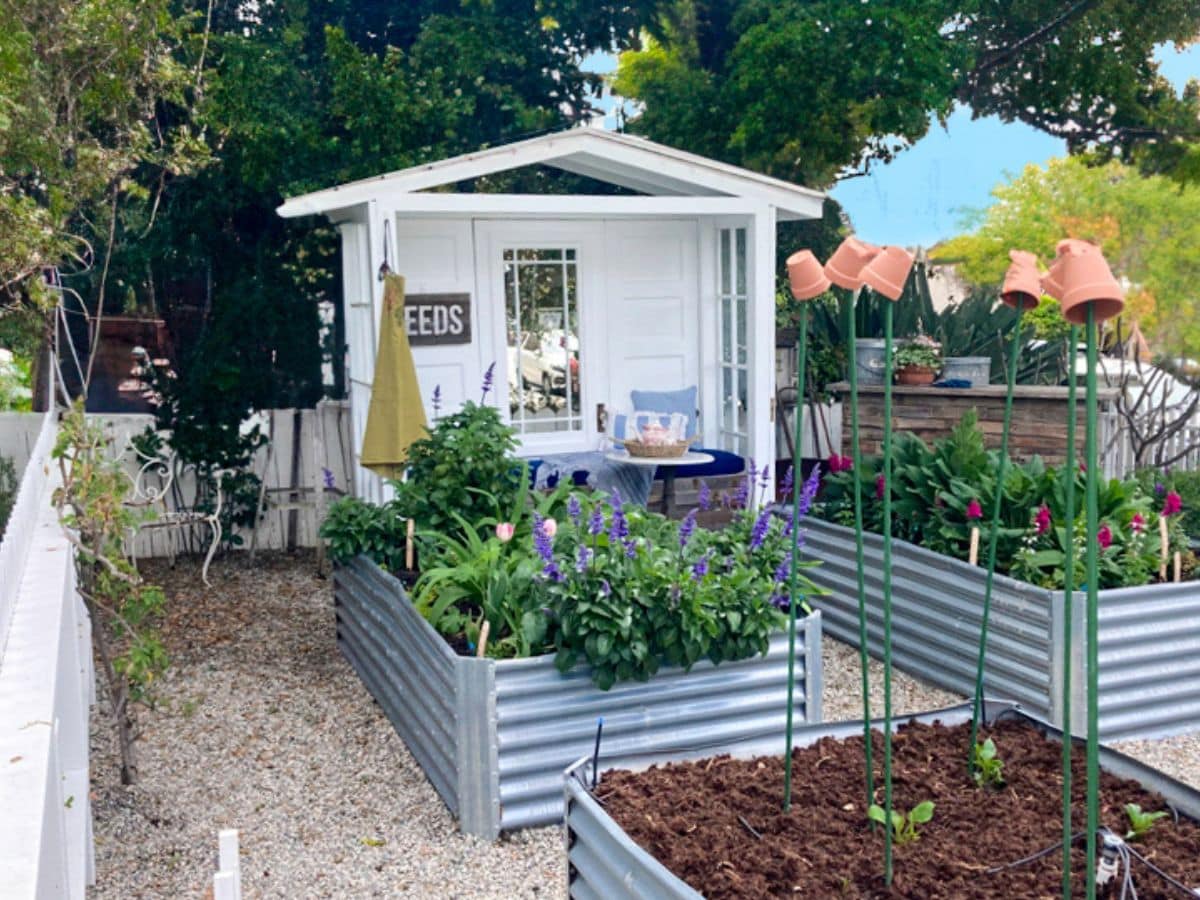
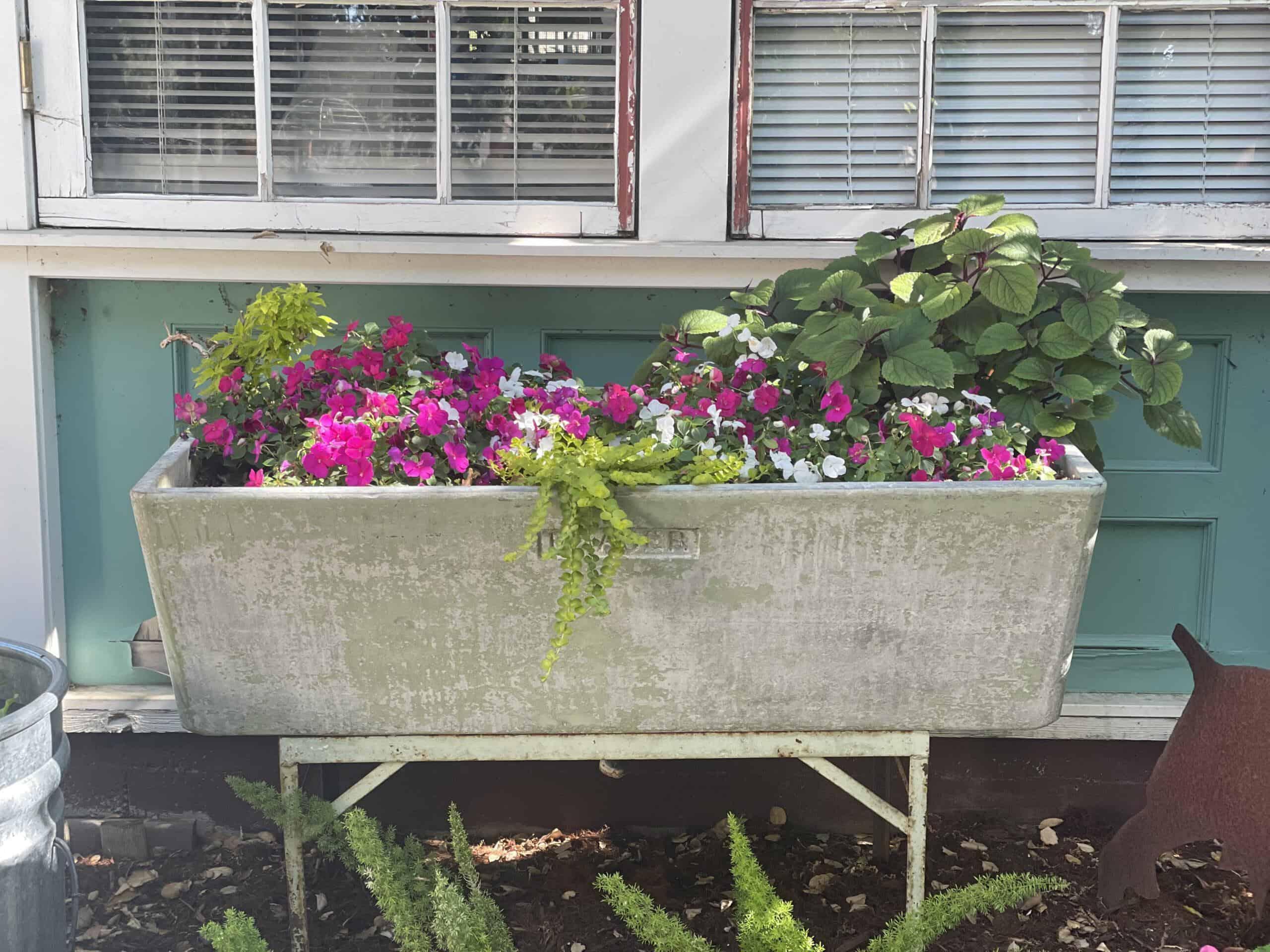
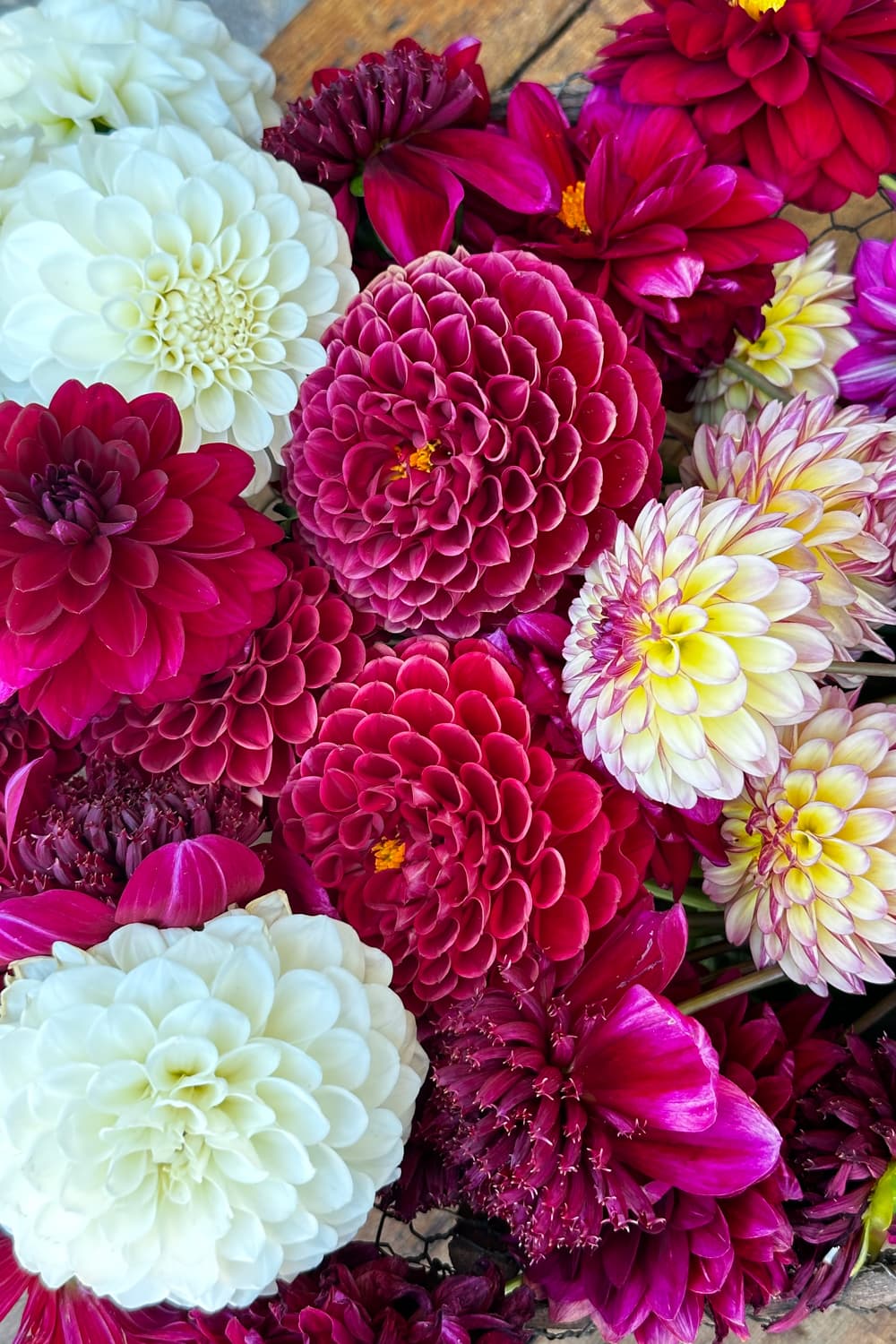
Thanks for all of the info I need to organize a seed exchange with friends! You covered every detail!
I’m so glad we are doing our seed swap. I can’t wait to have a little of each of “my girls'” gardens in mine next Summer.
I love this idea! My daughter and I were just talking about exchanging Zinnia seeds this year, because ours were so different from each other’s. This puts it at a whole new level. I love it!
I love seeing photos of you in your beautiful garden! Great post, Wendy!
So many great ideas for having a seed swap. Your sweet peas are so beautiful and I can’t wait for the seed swap in our group!
Thank you, Michele. I look forward to all my new seeds!